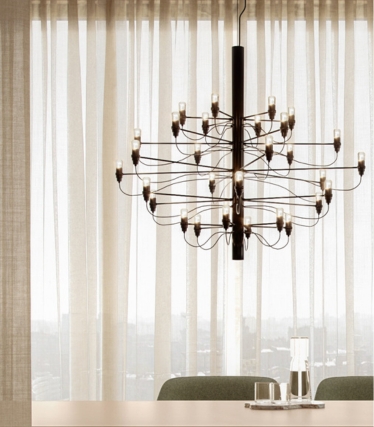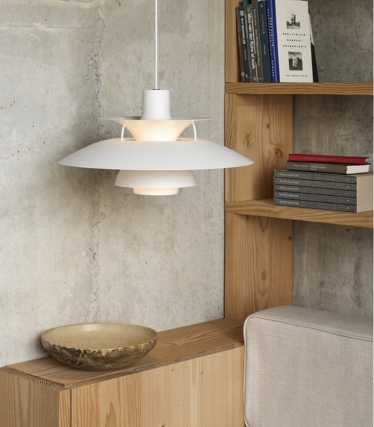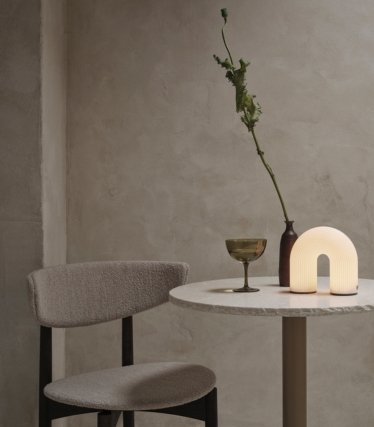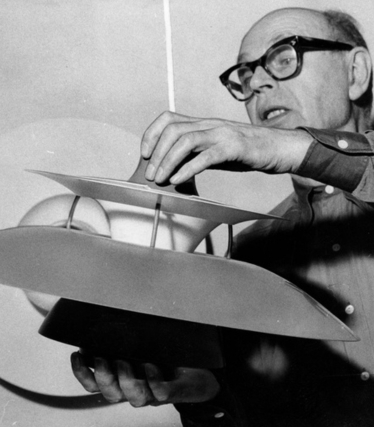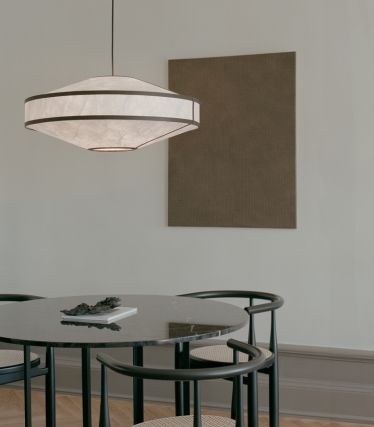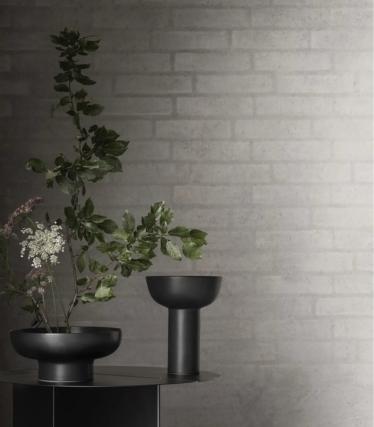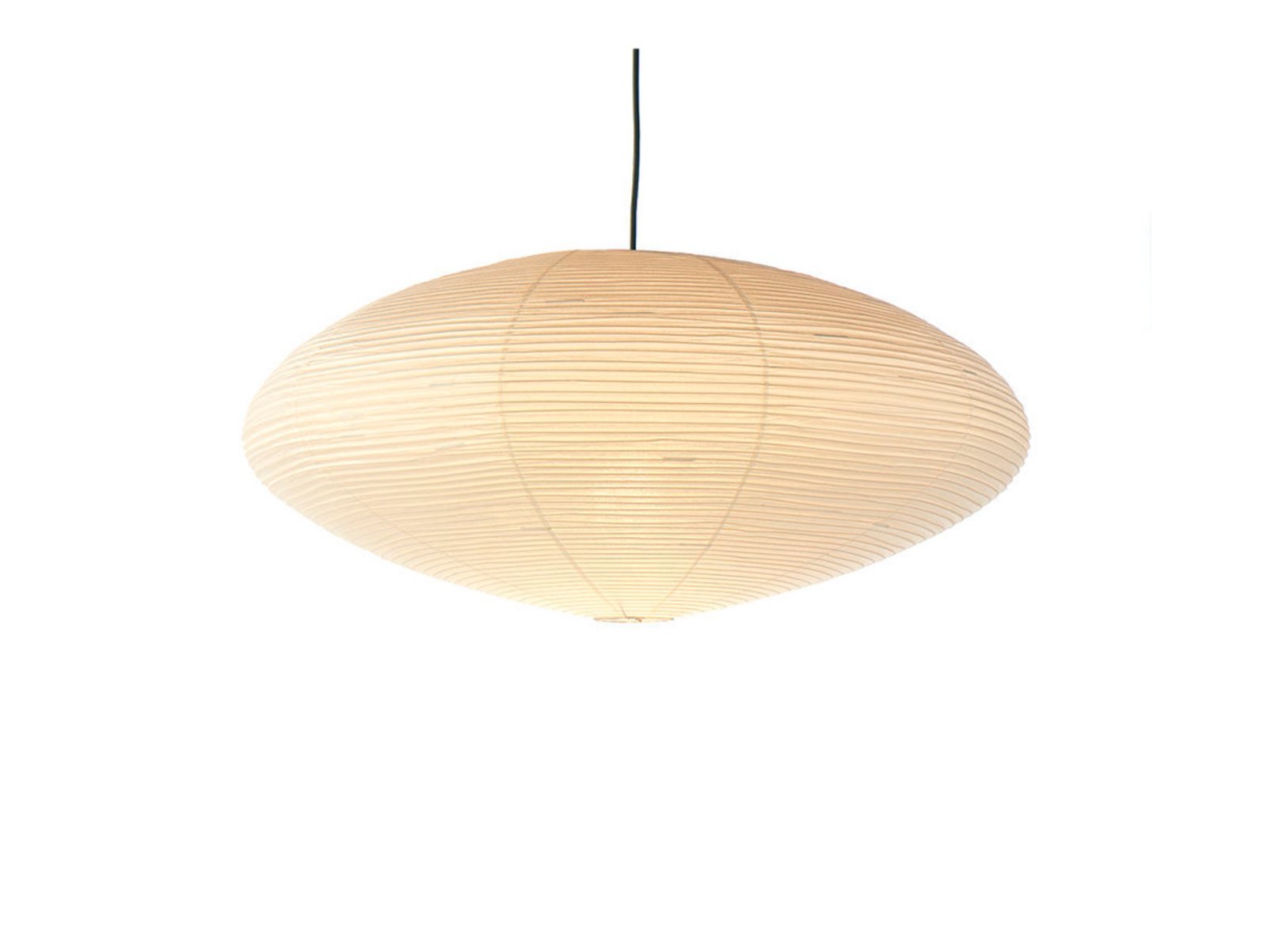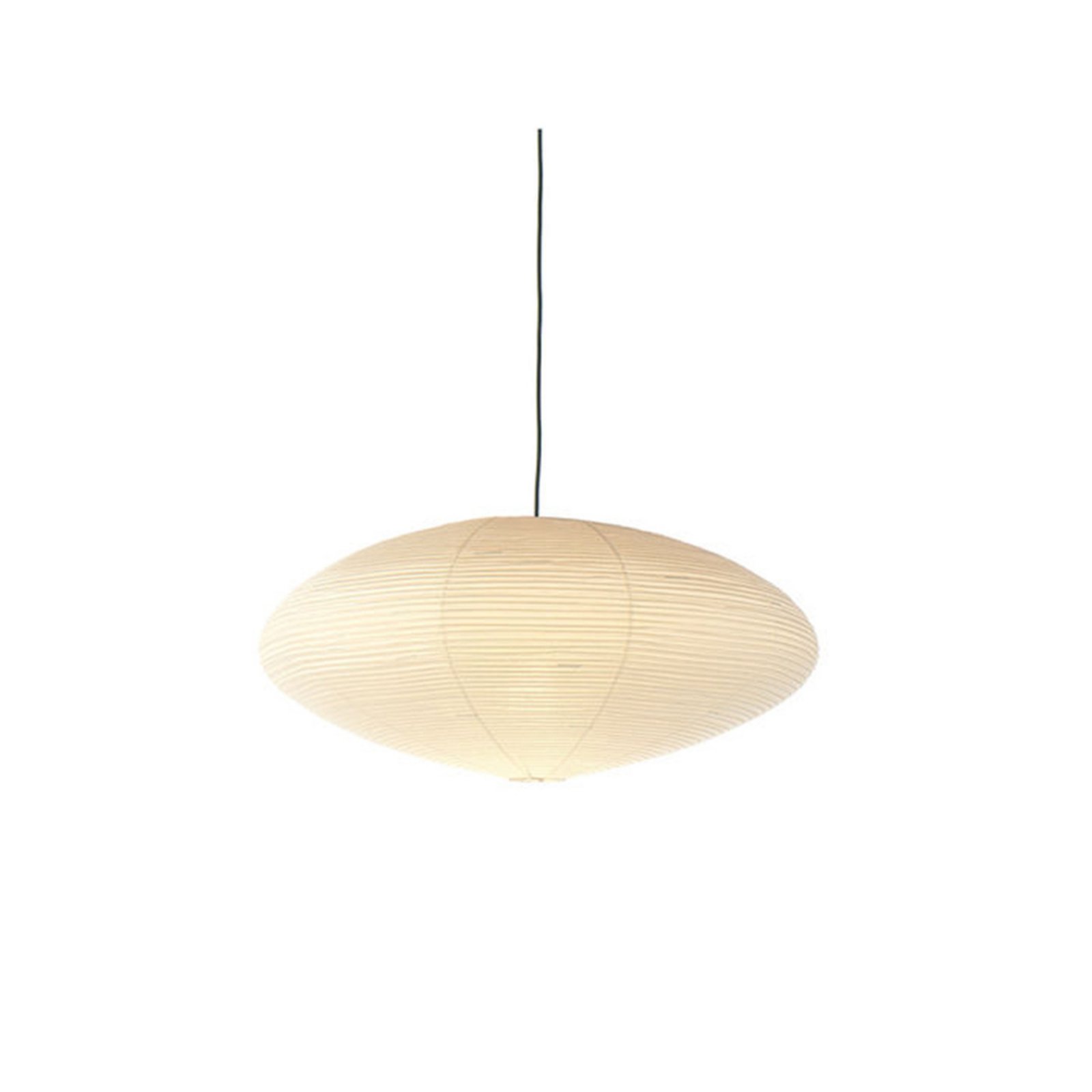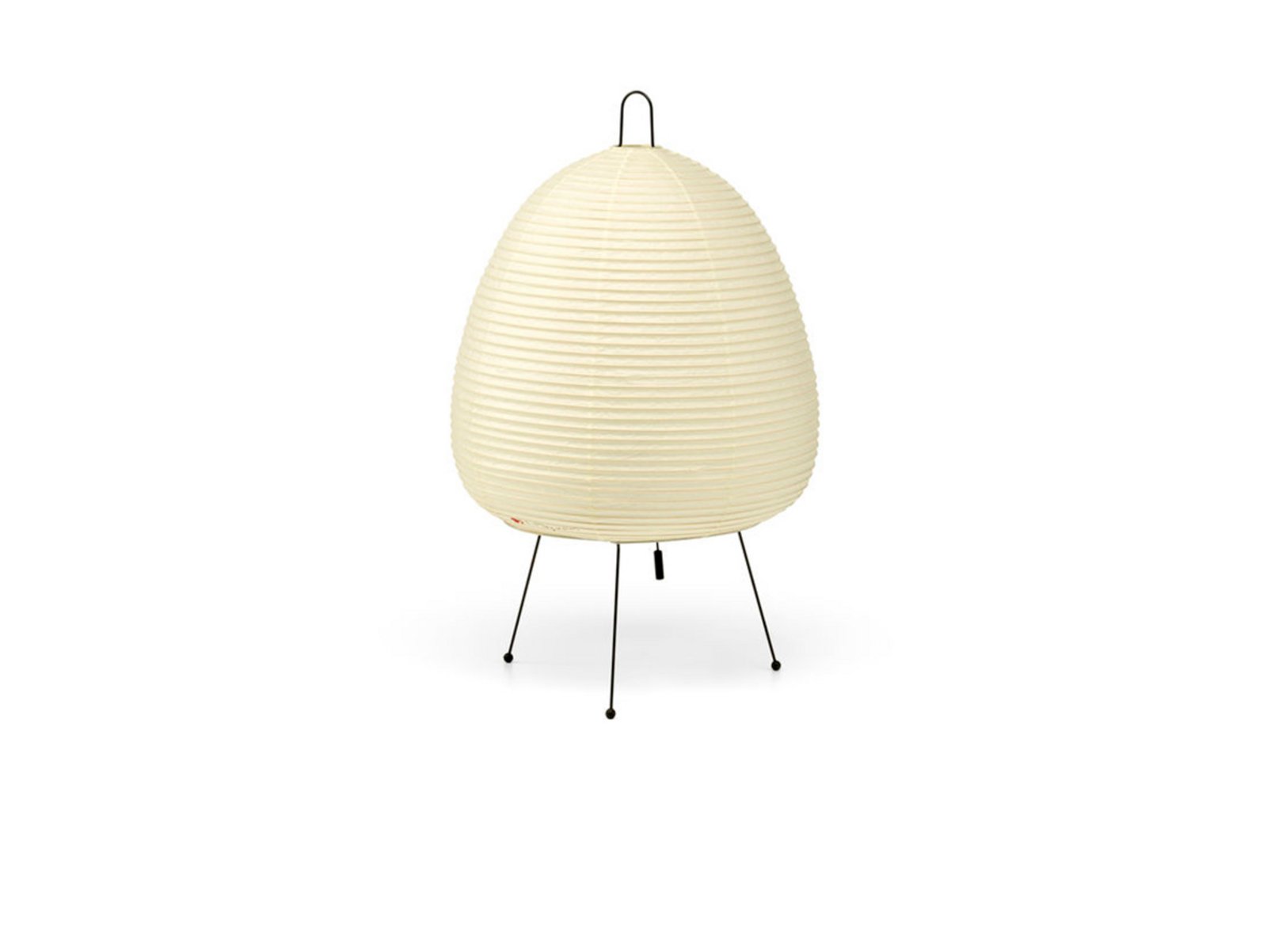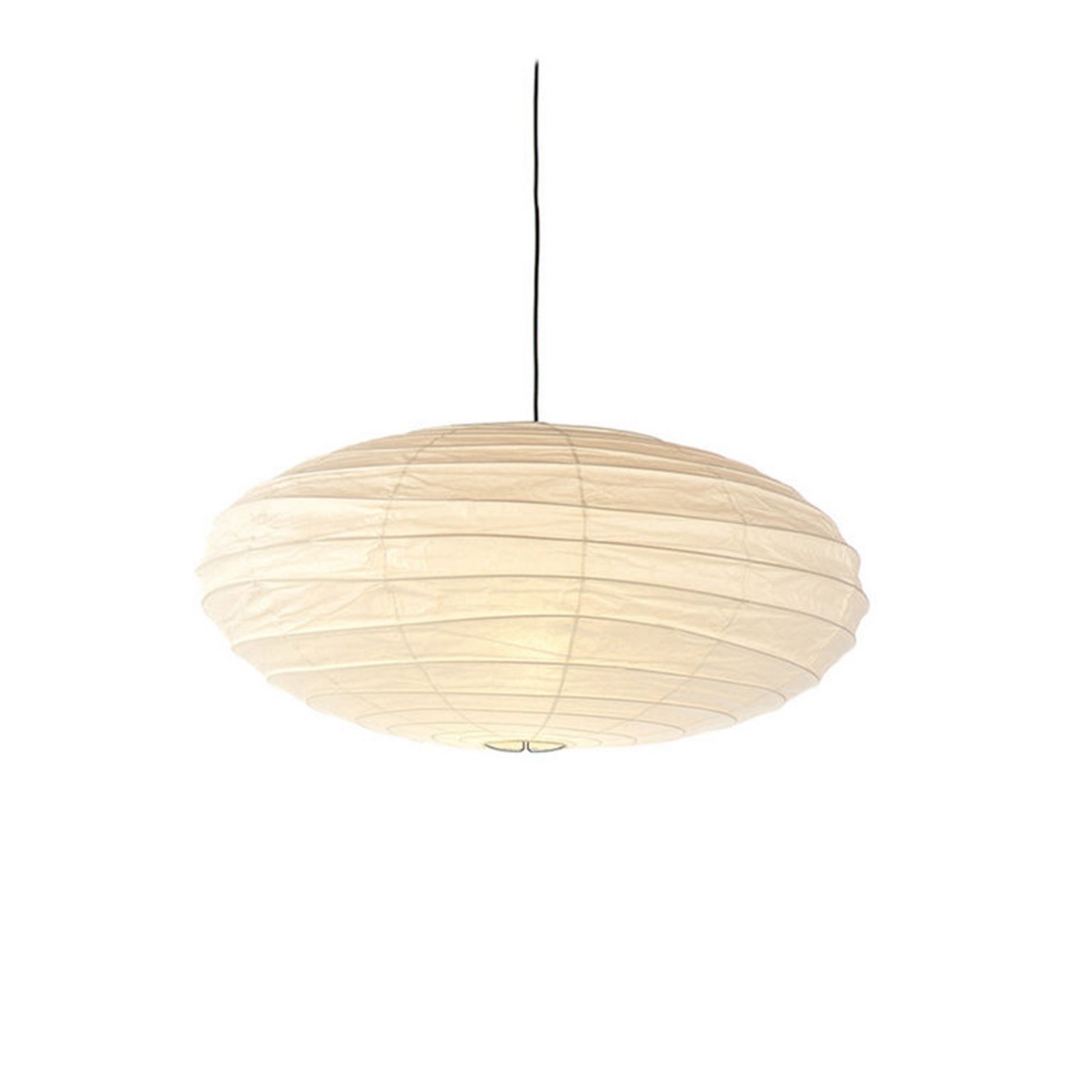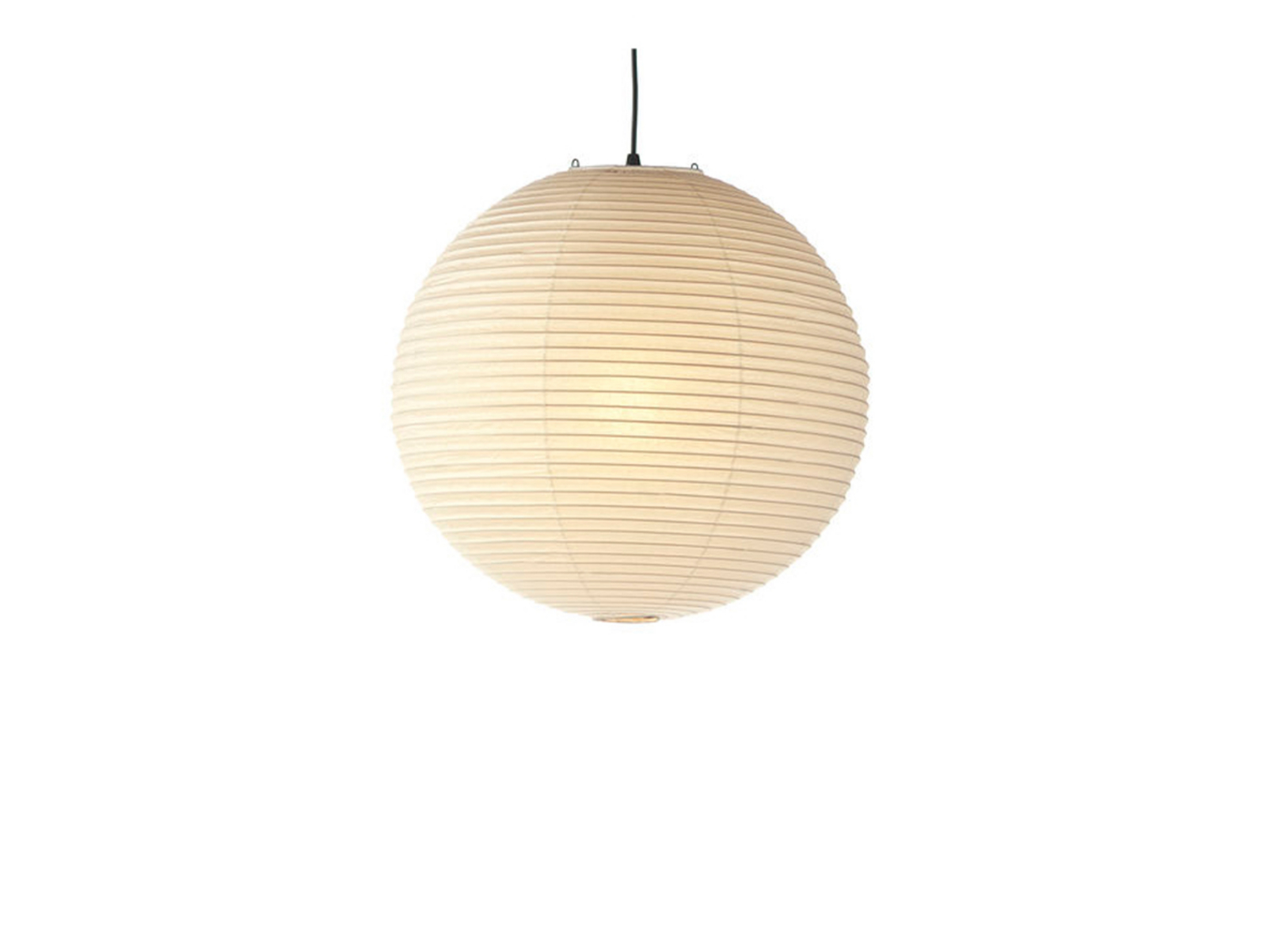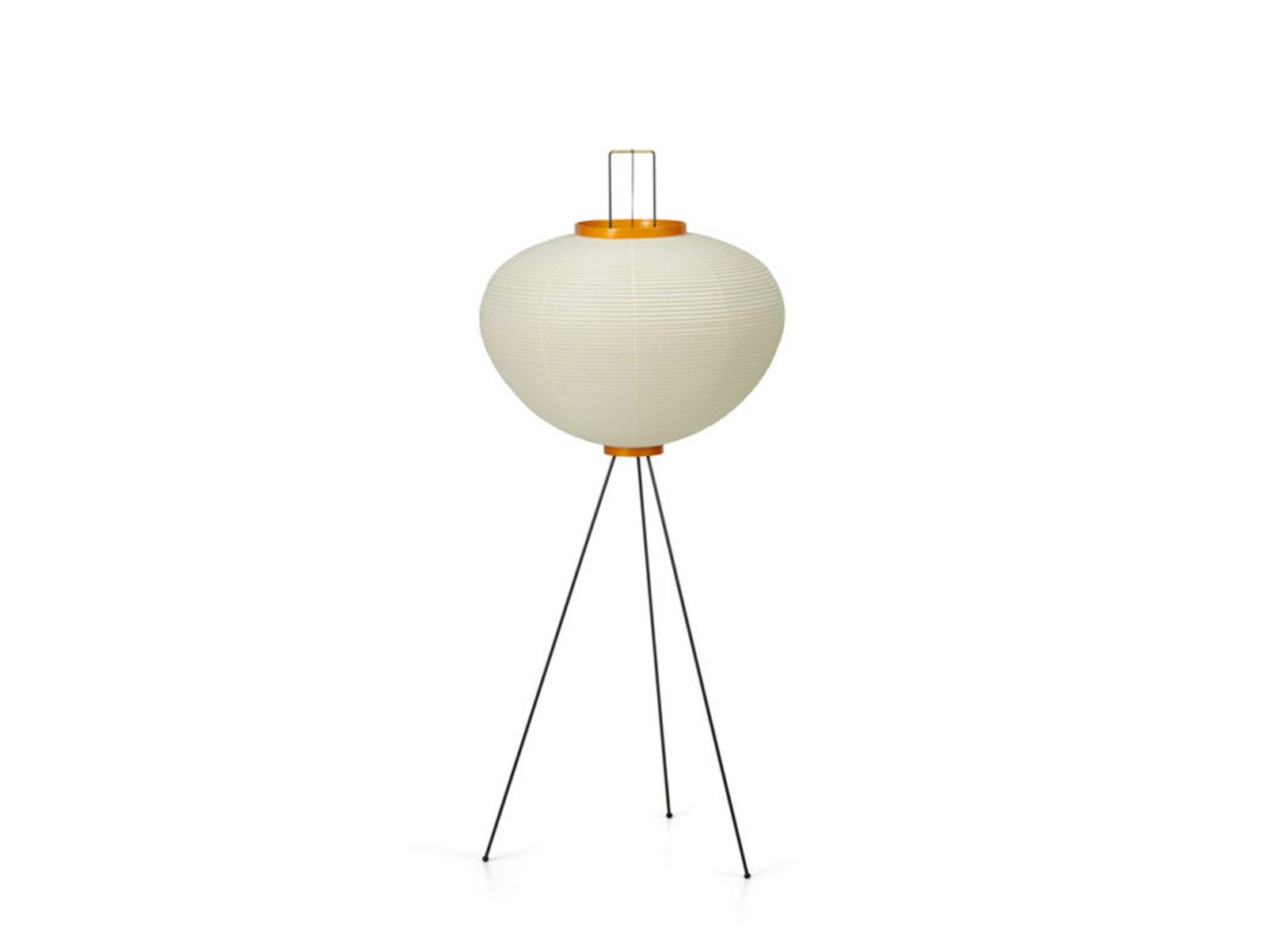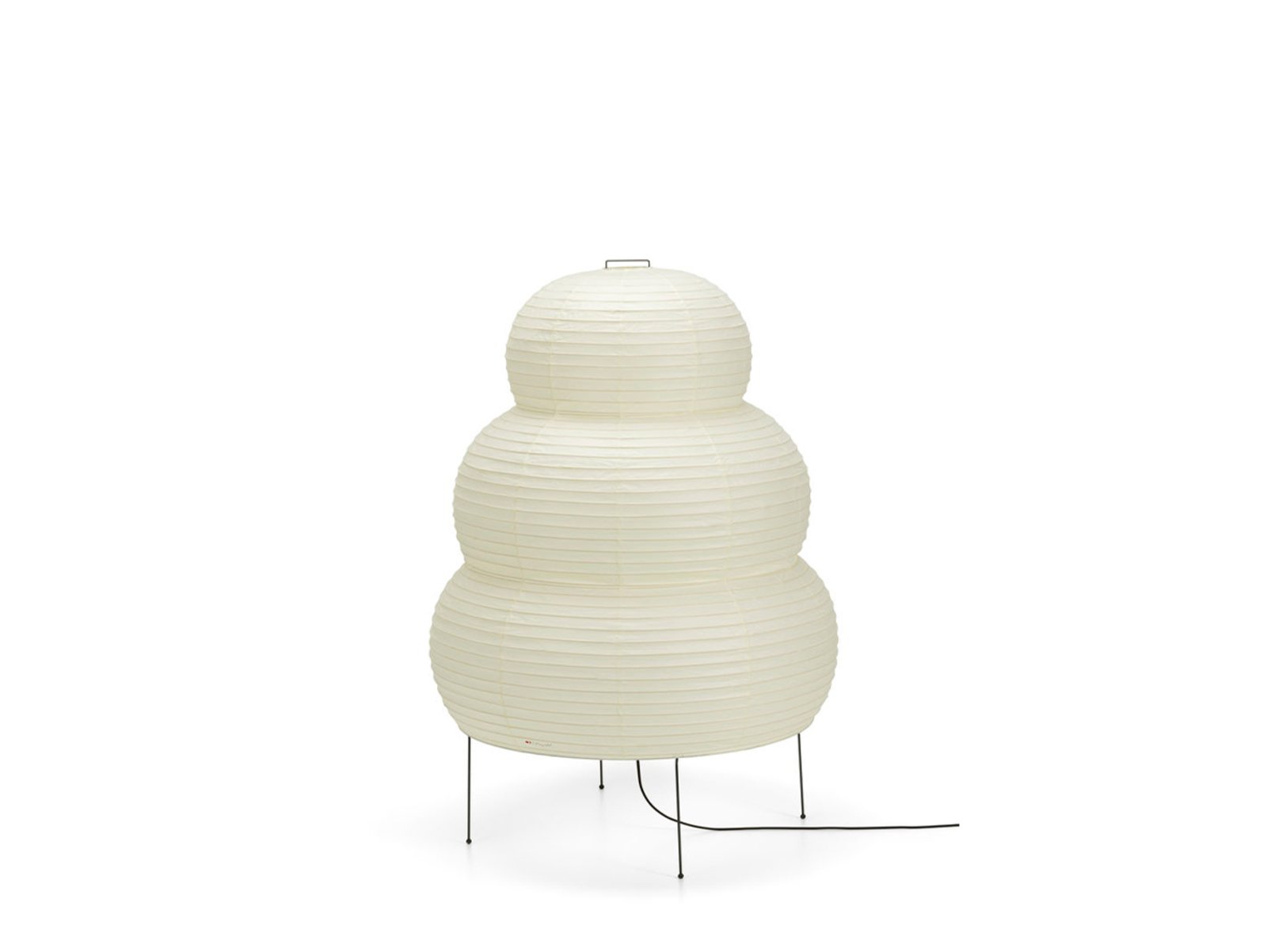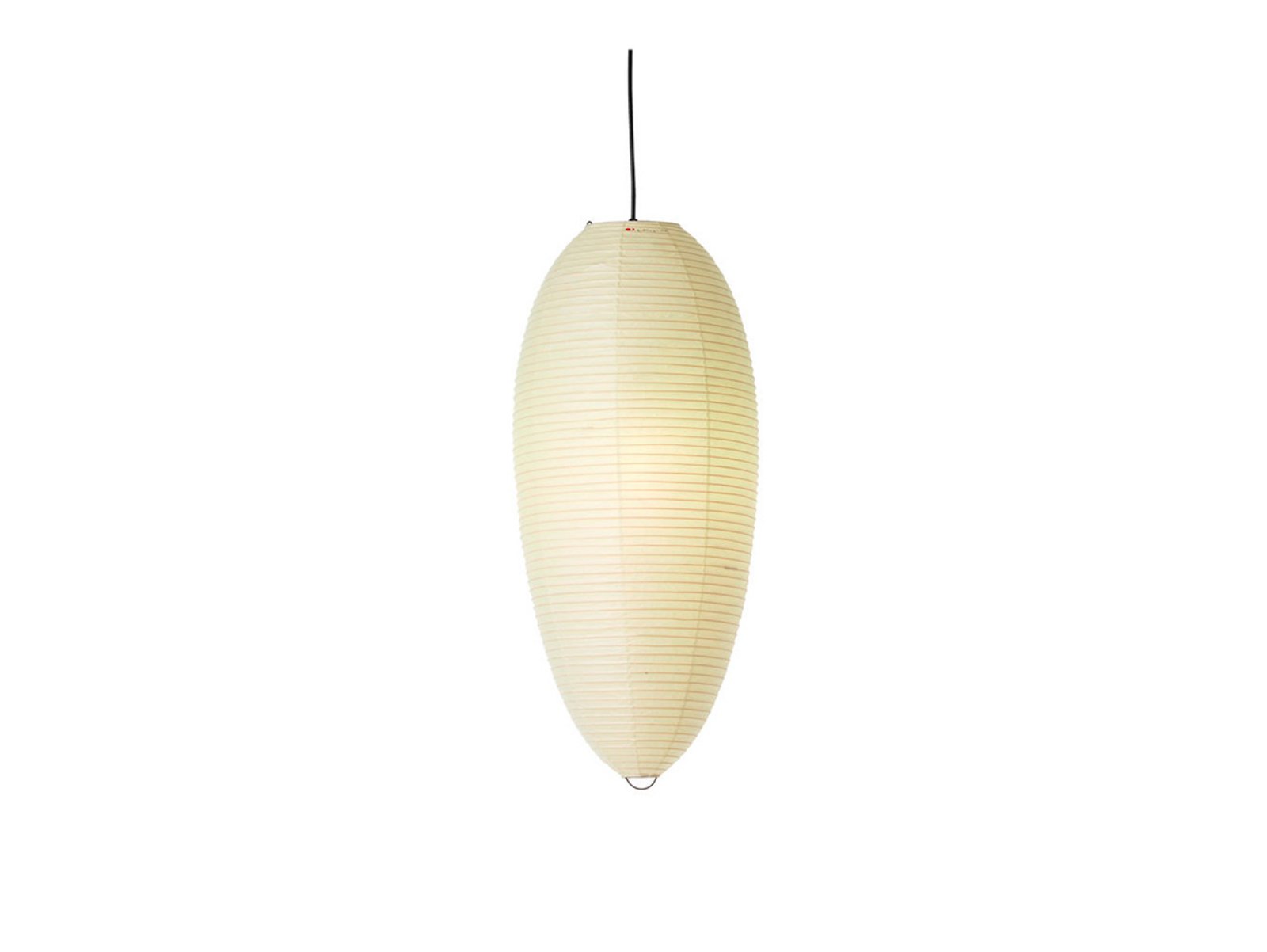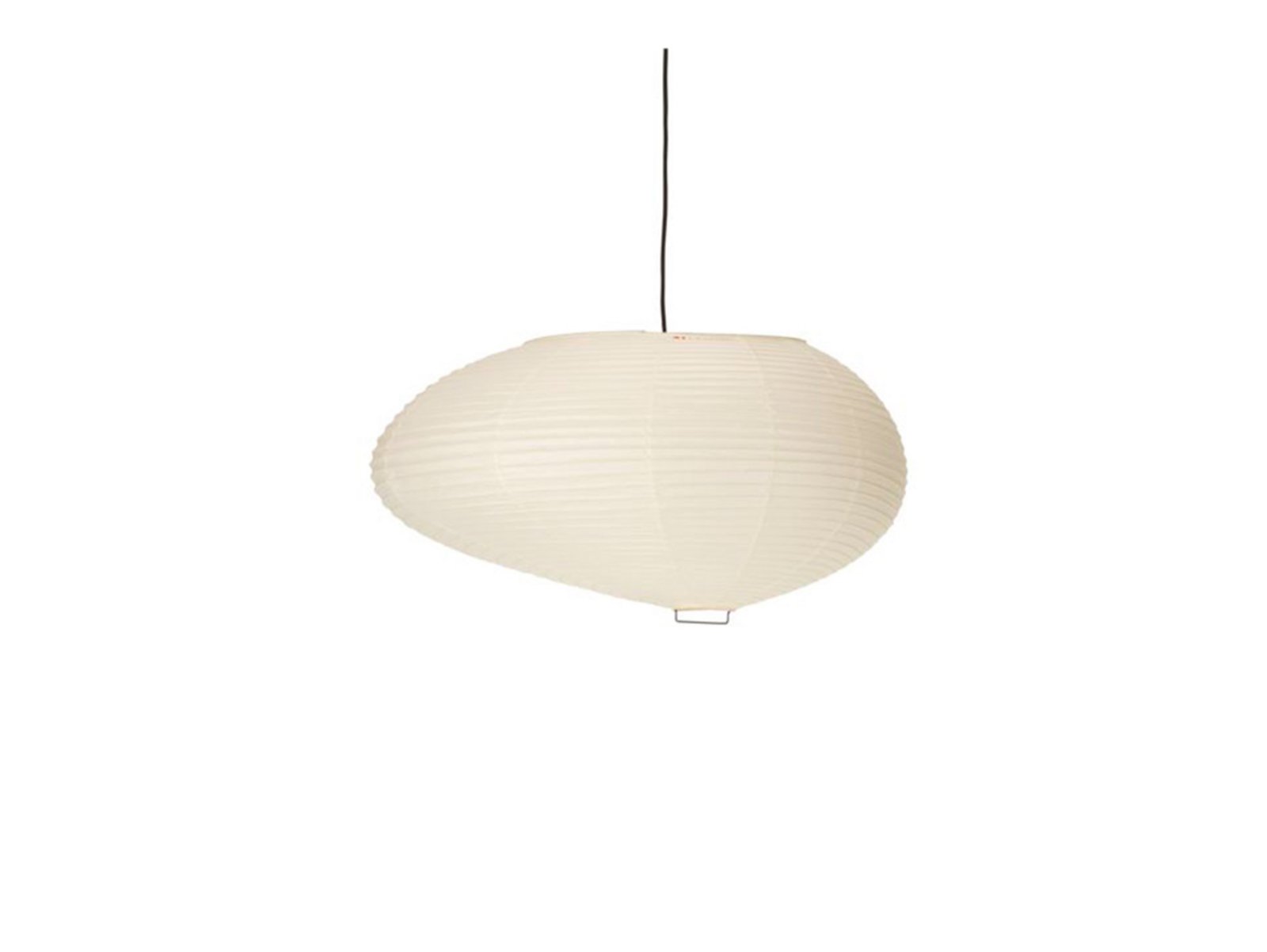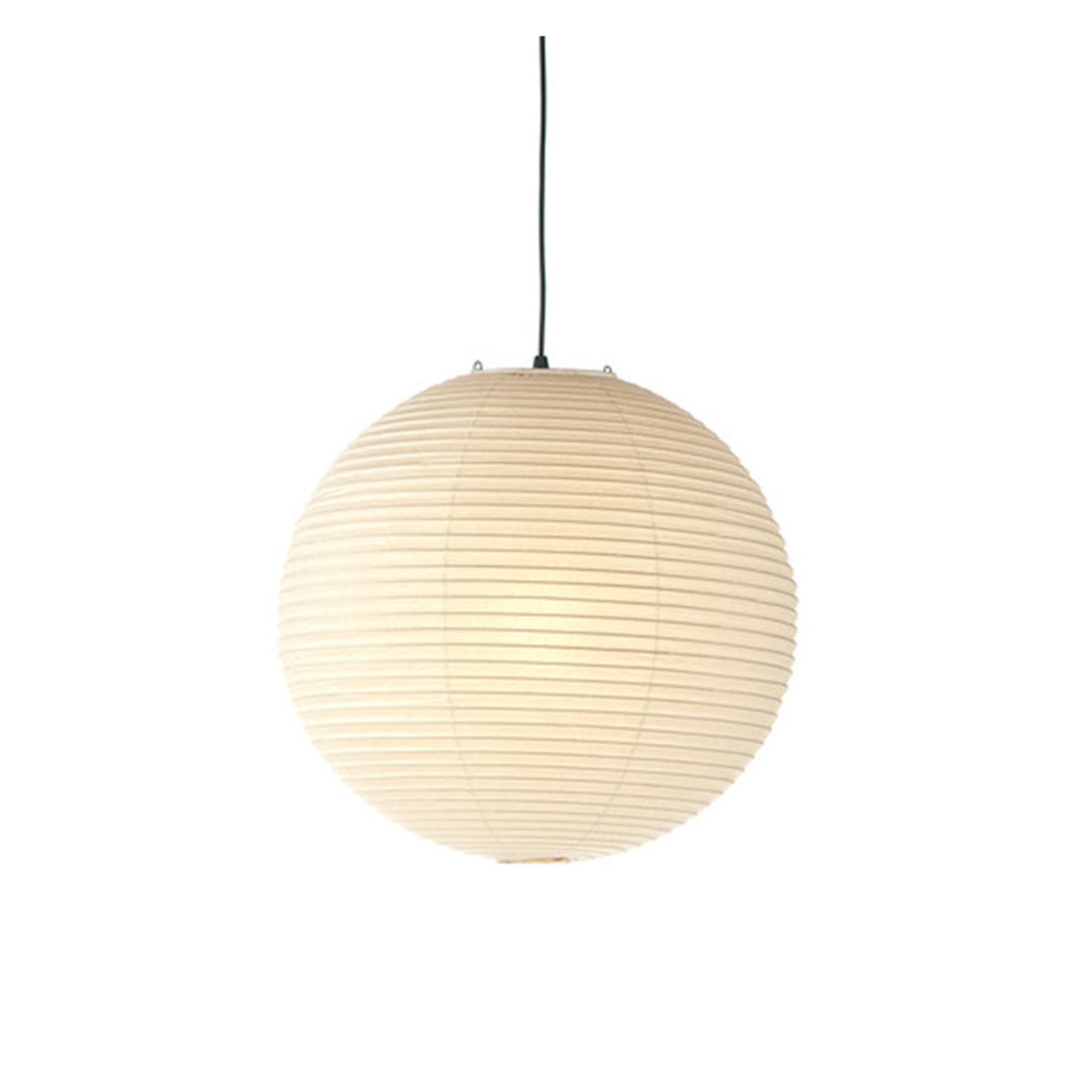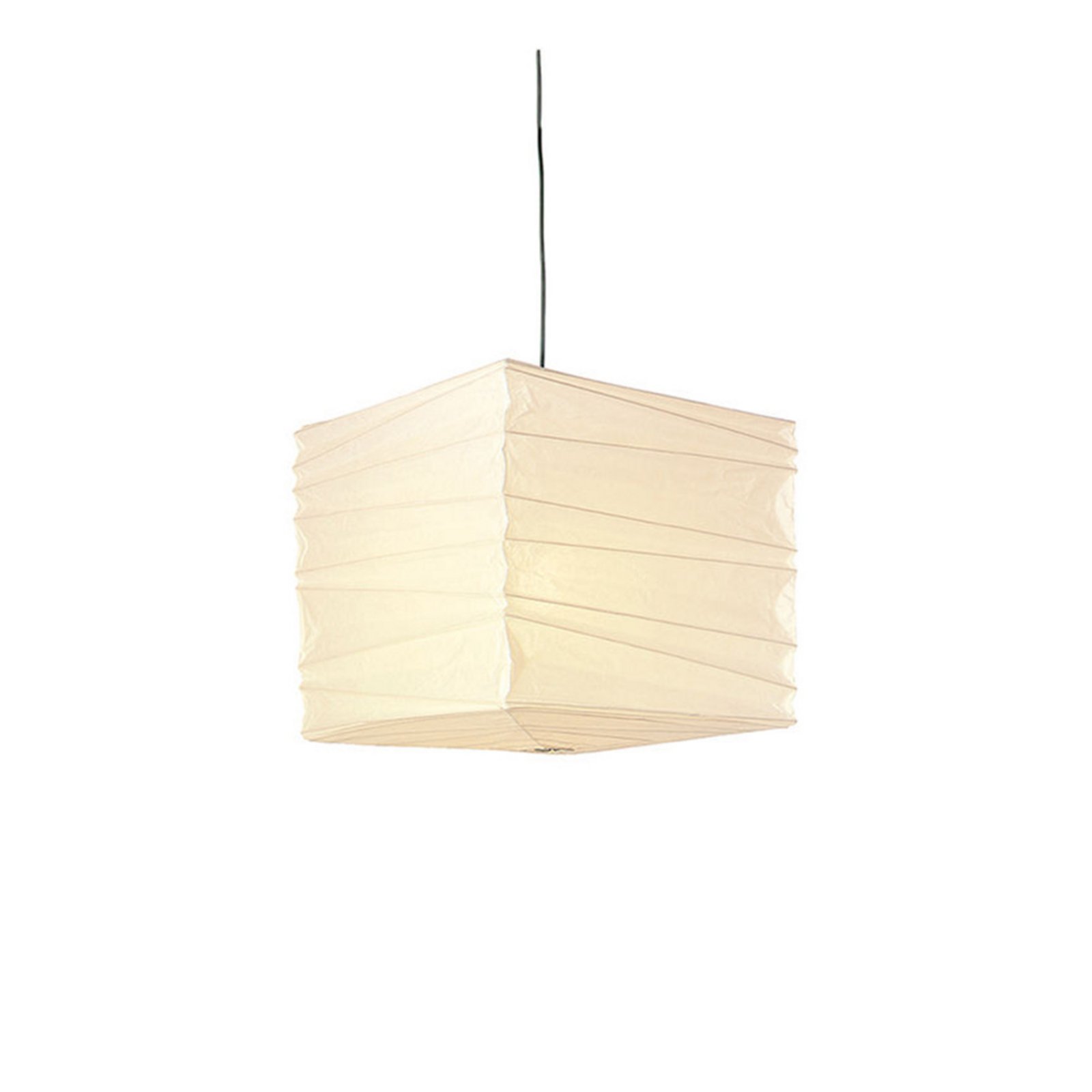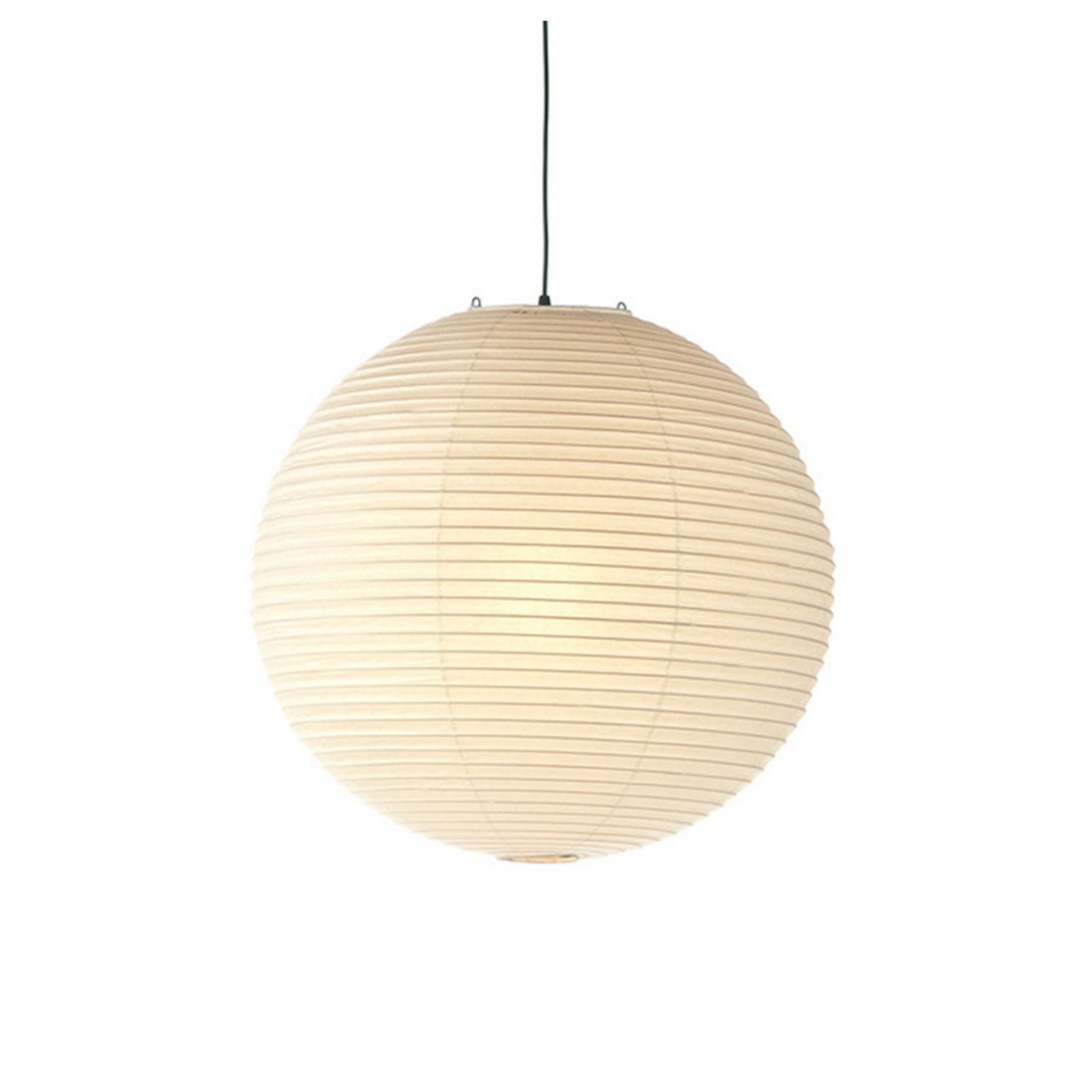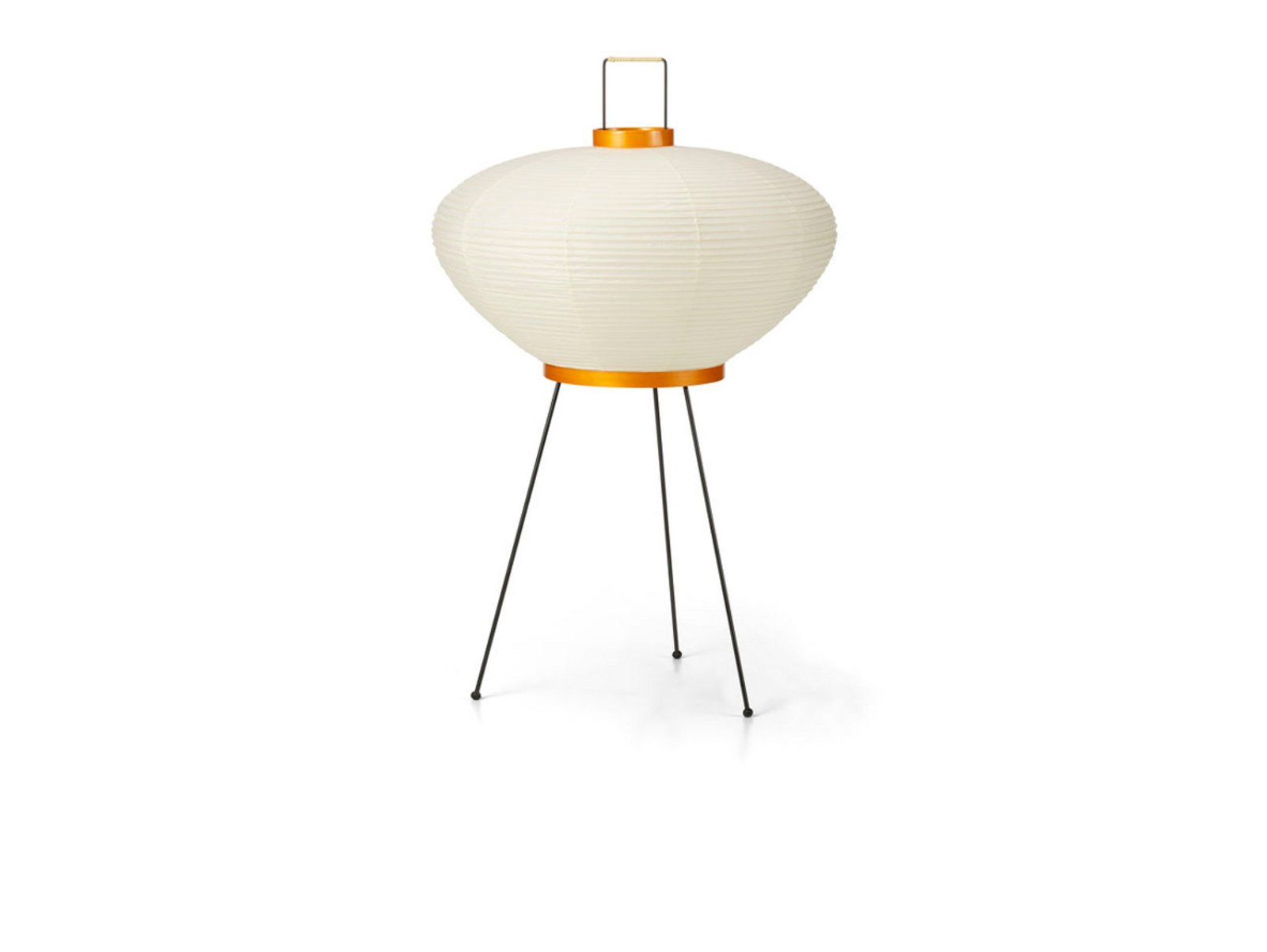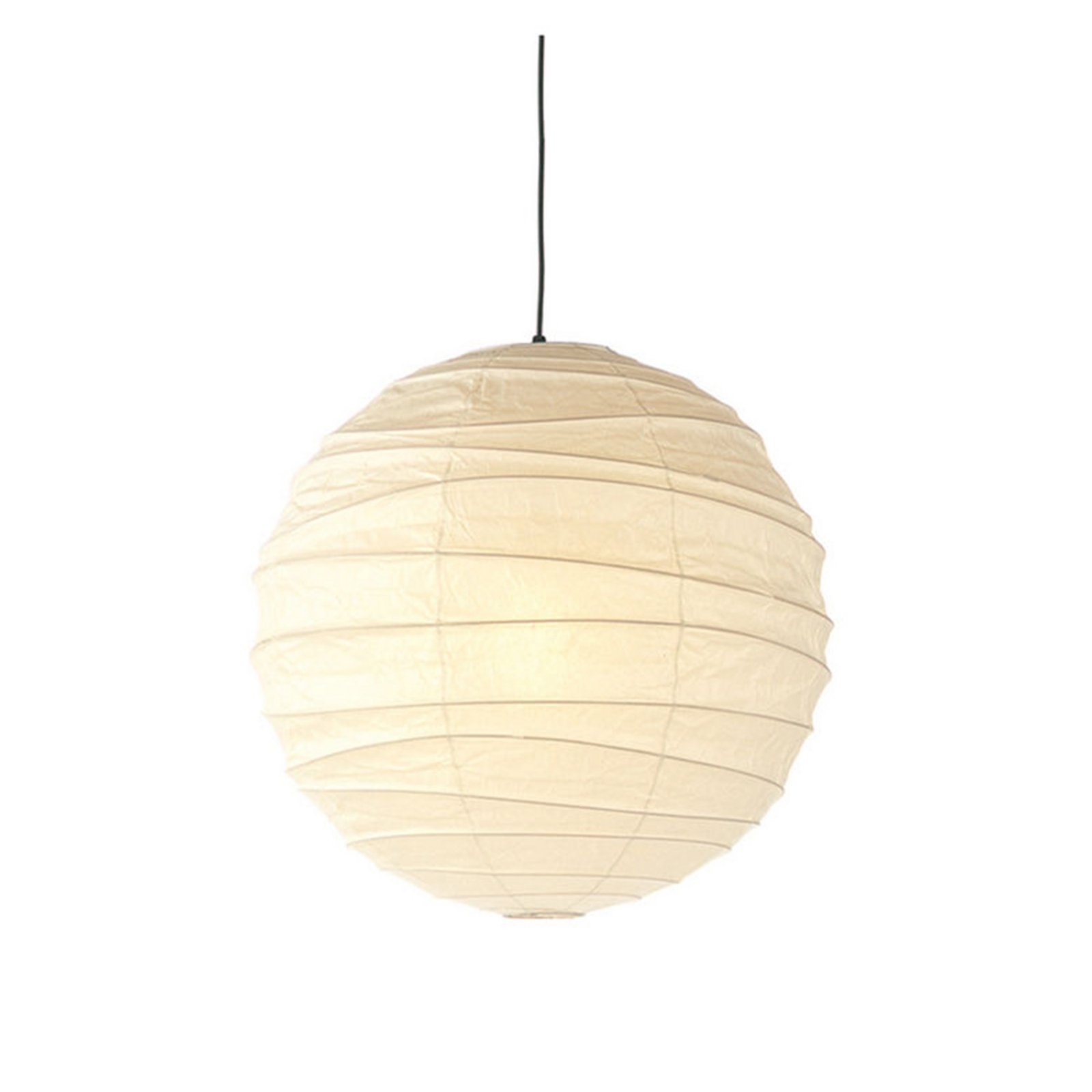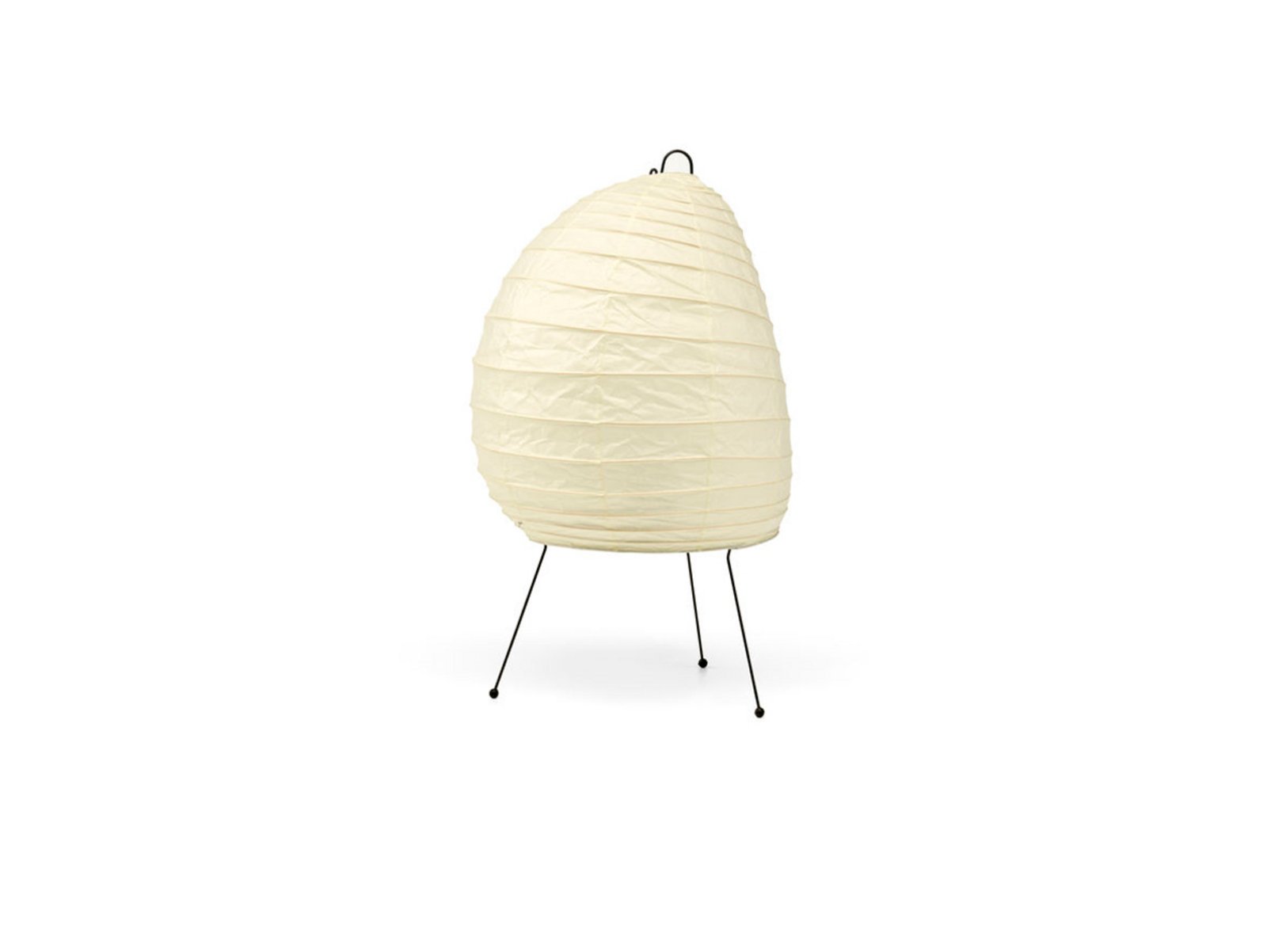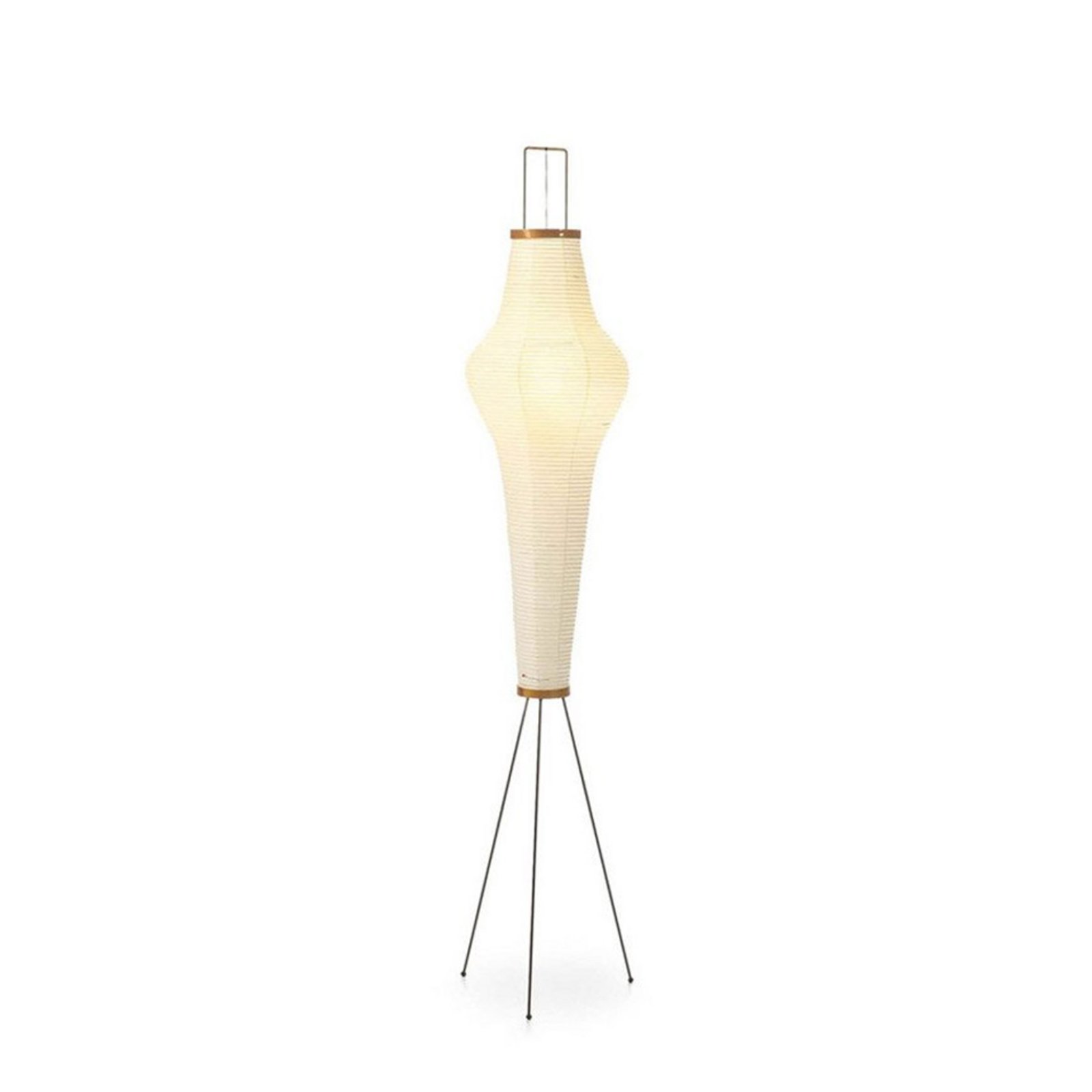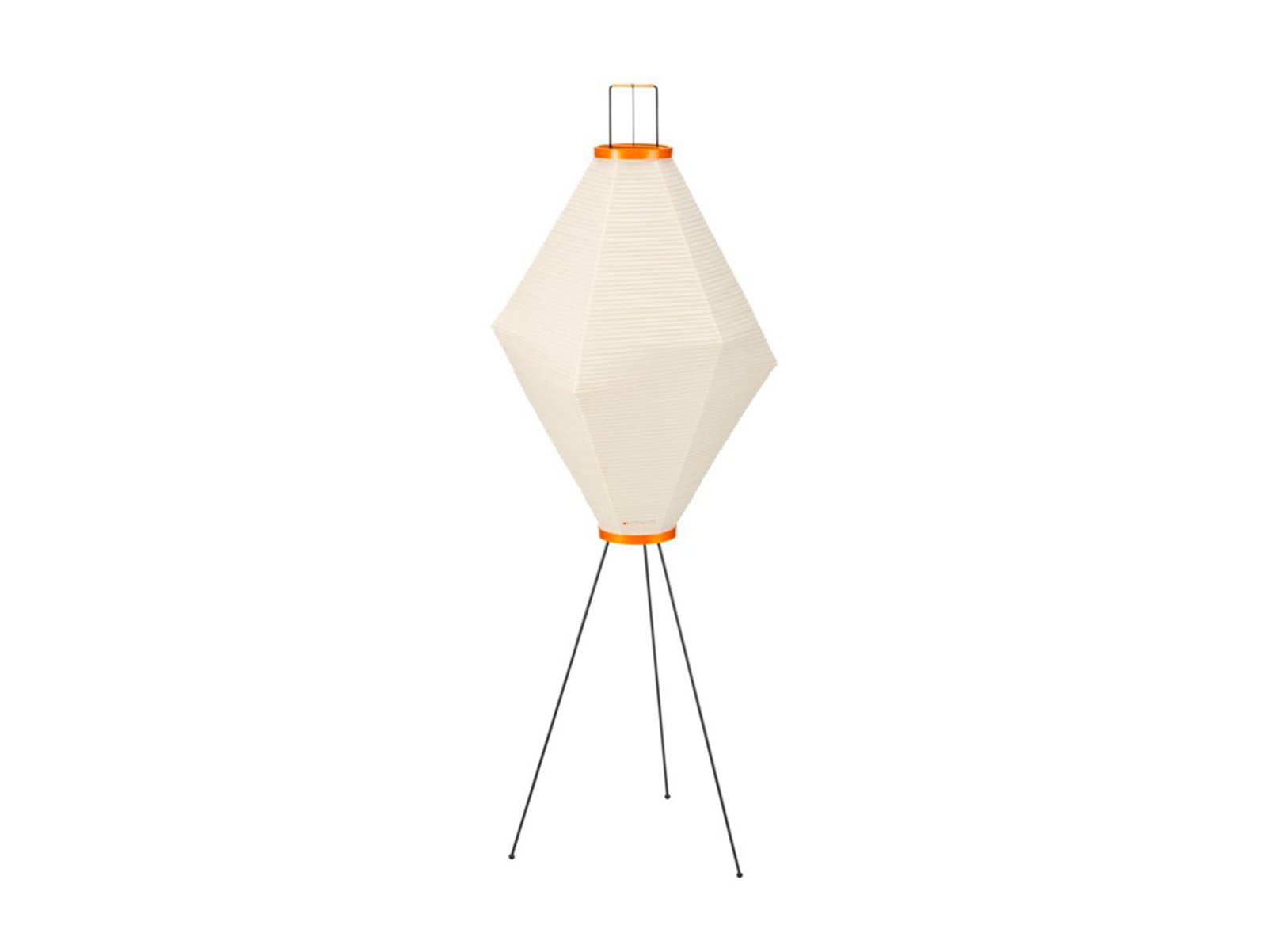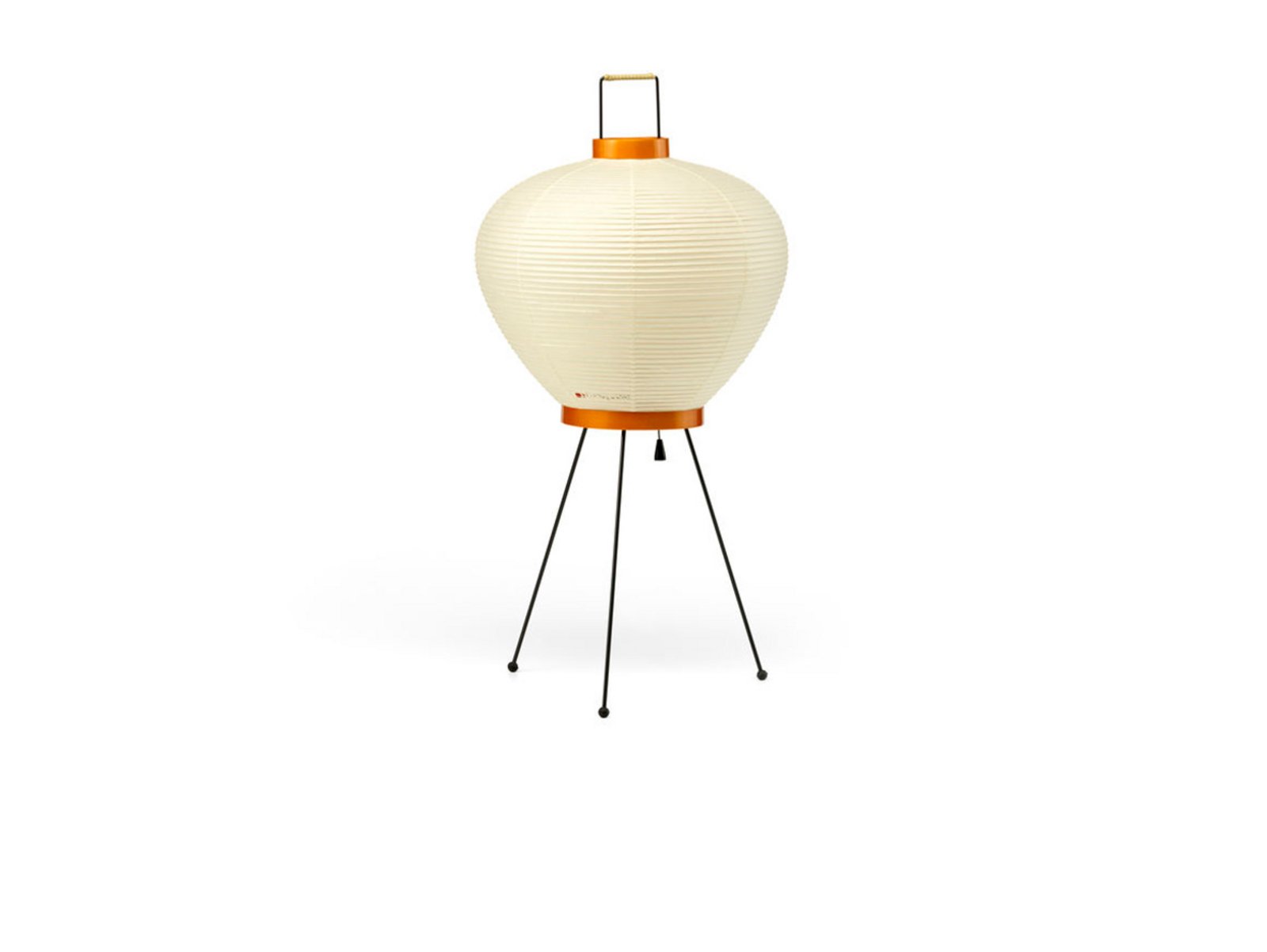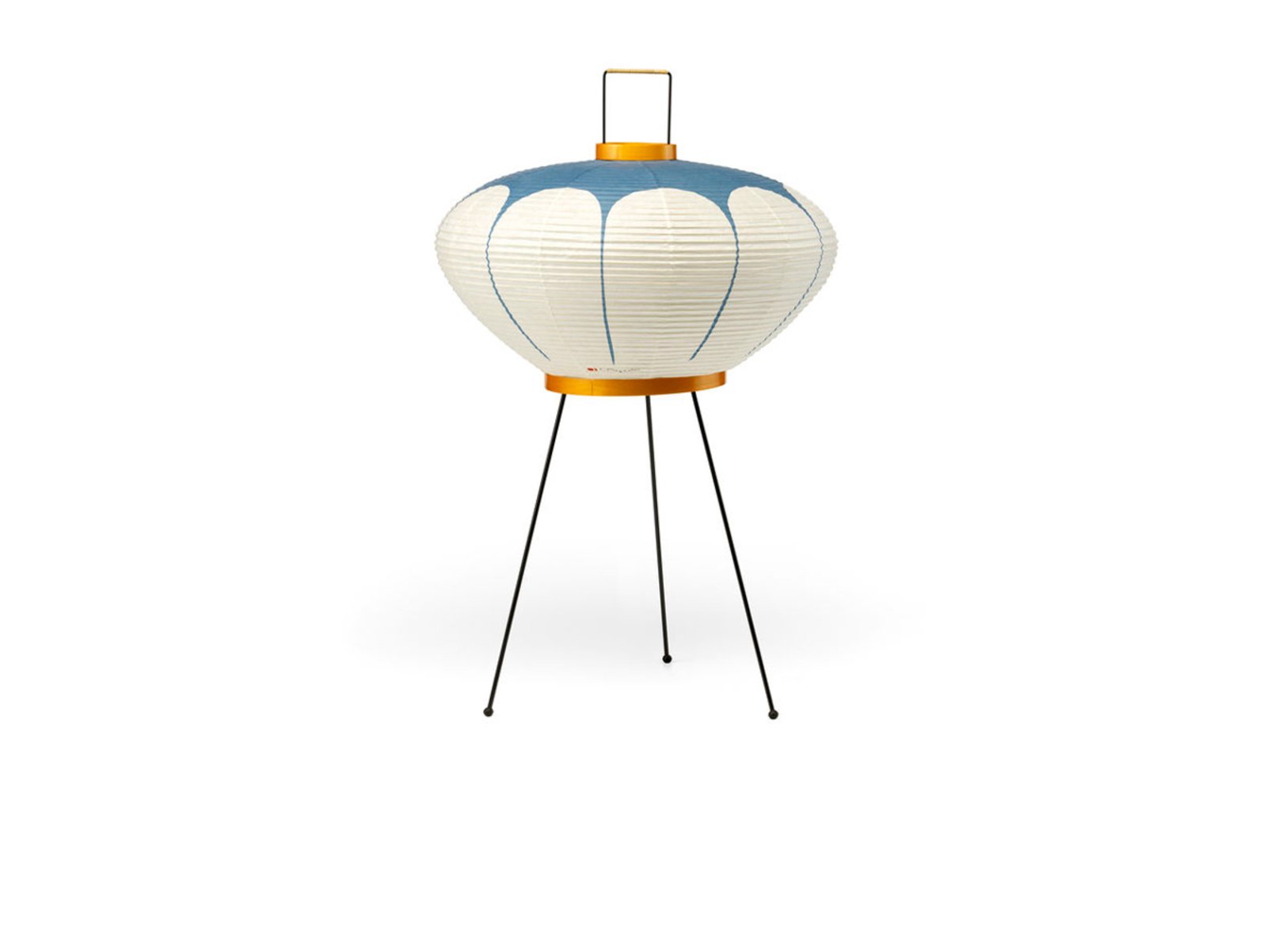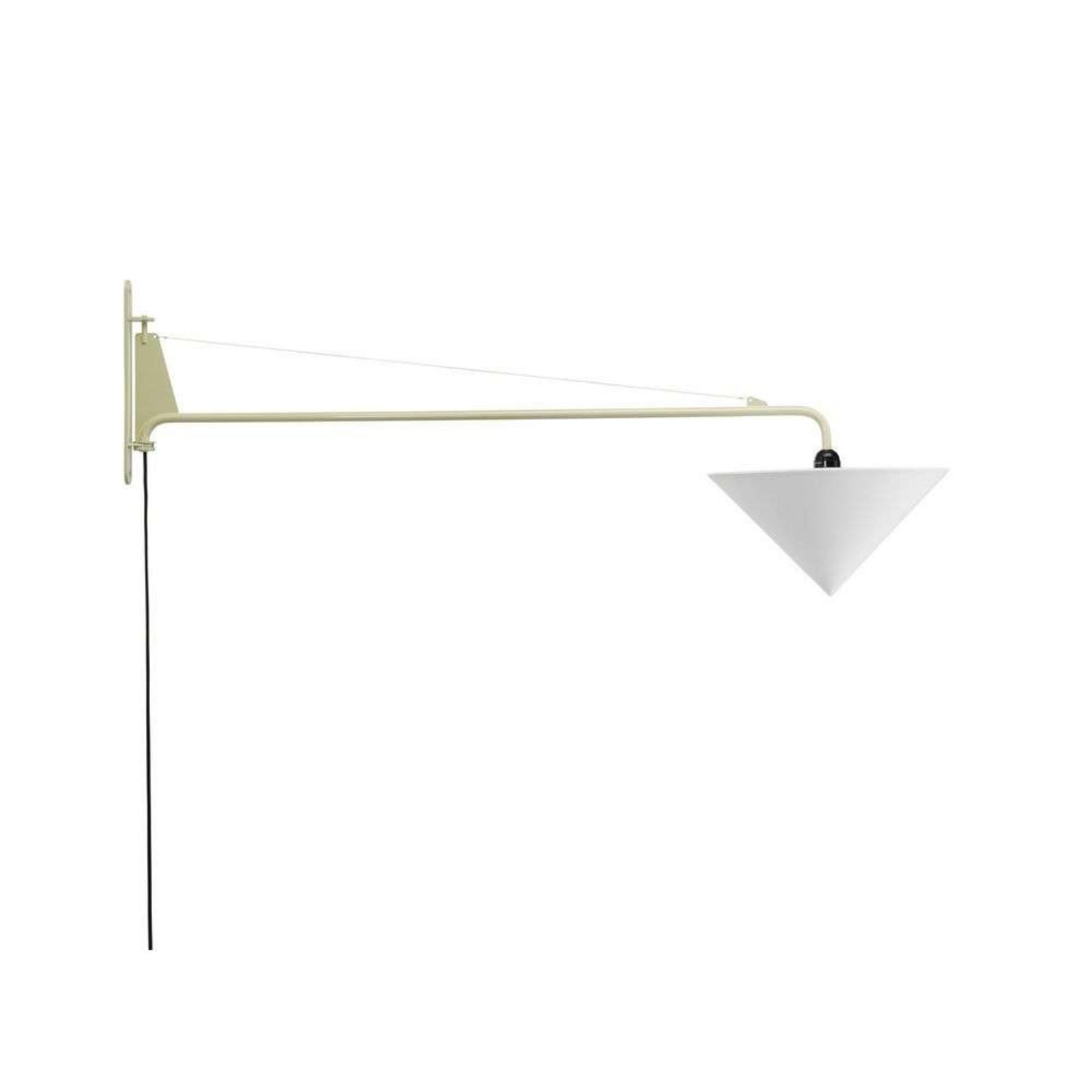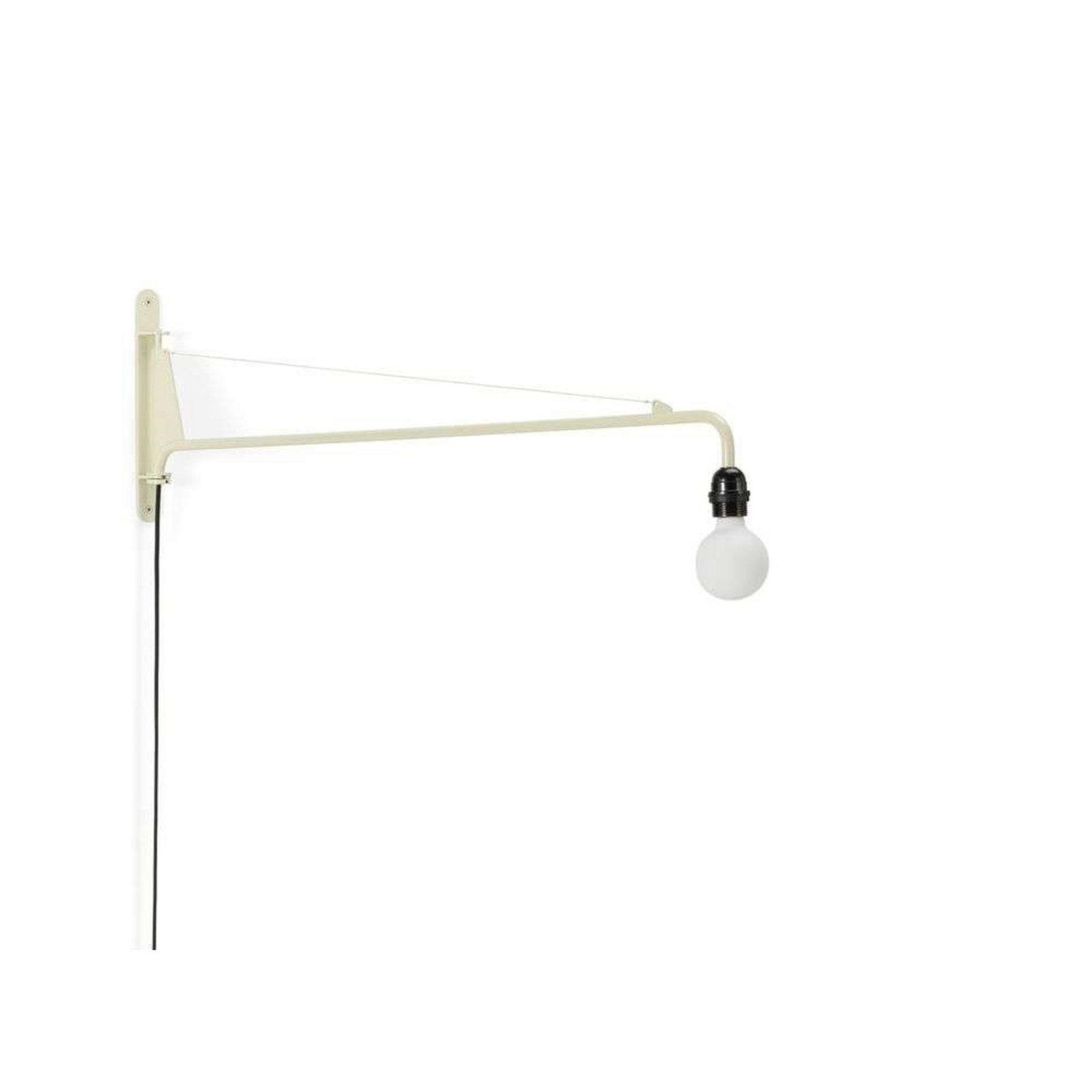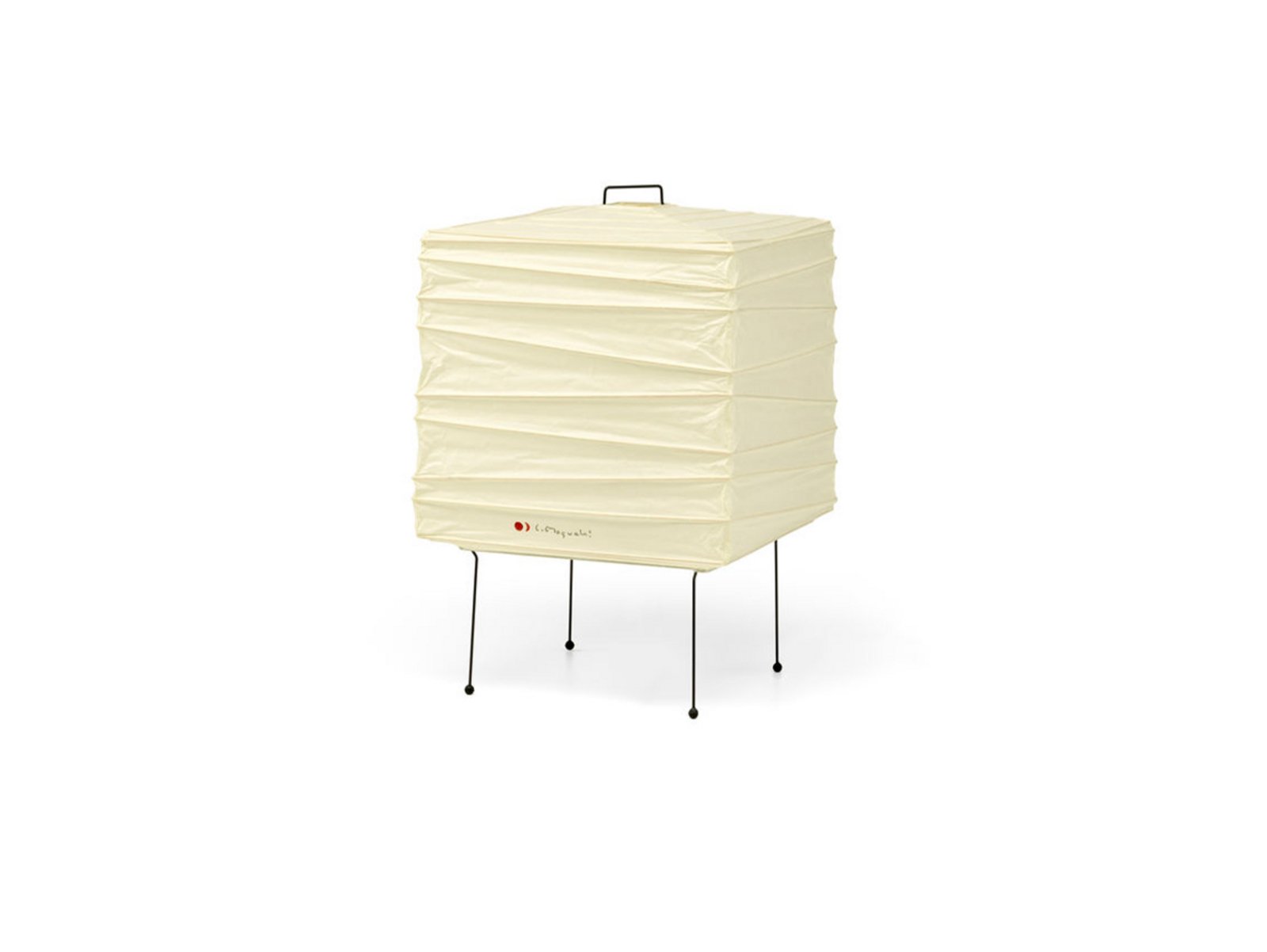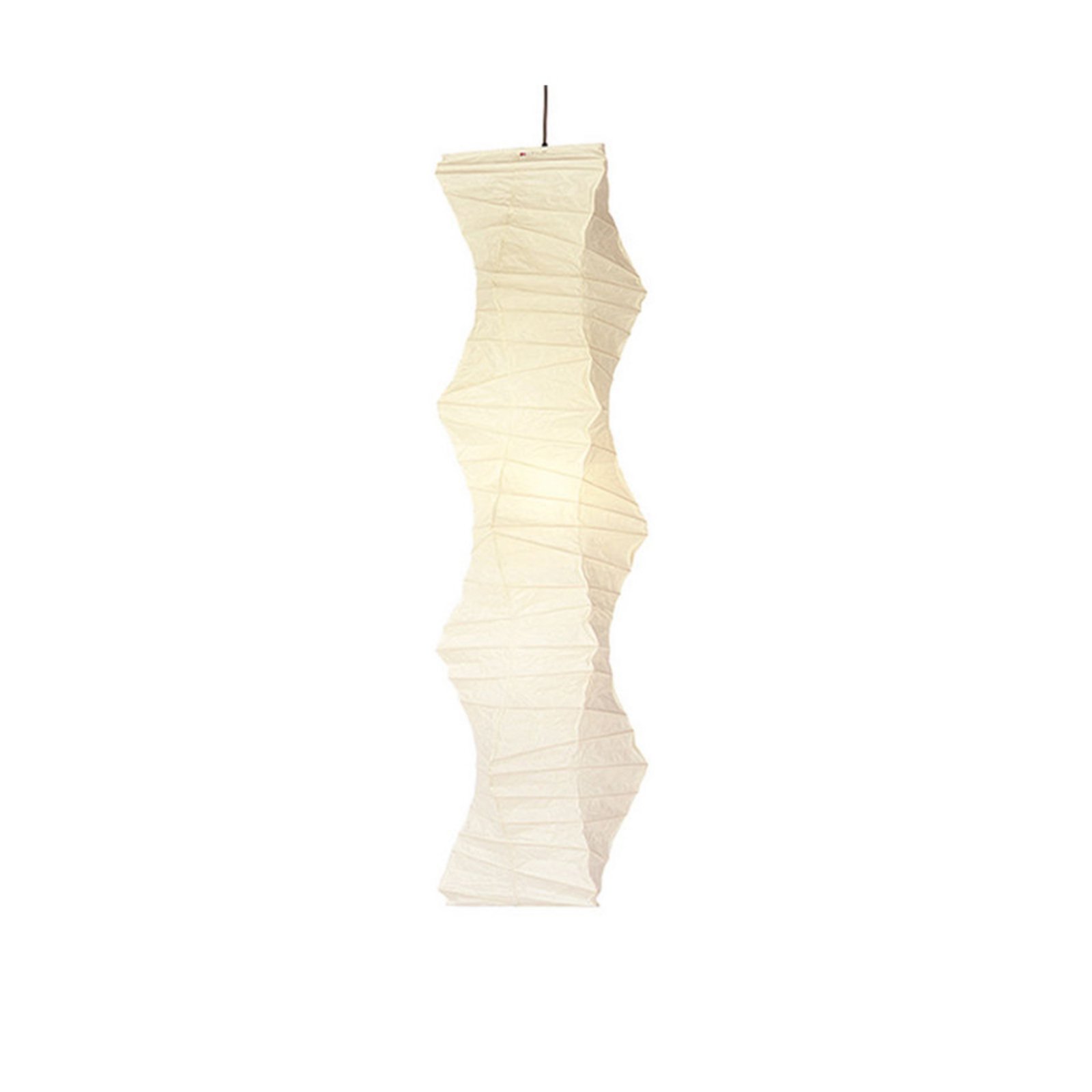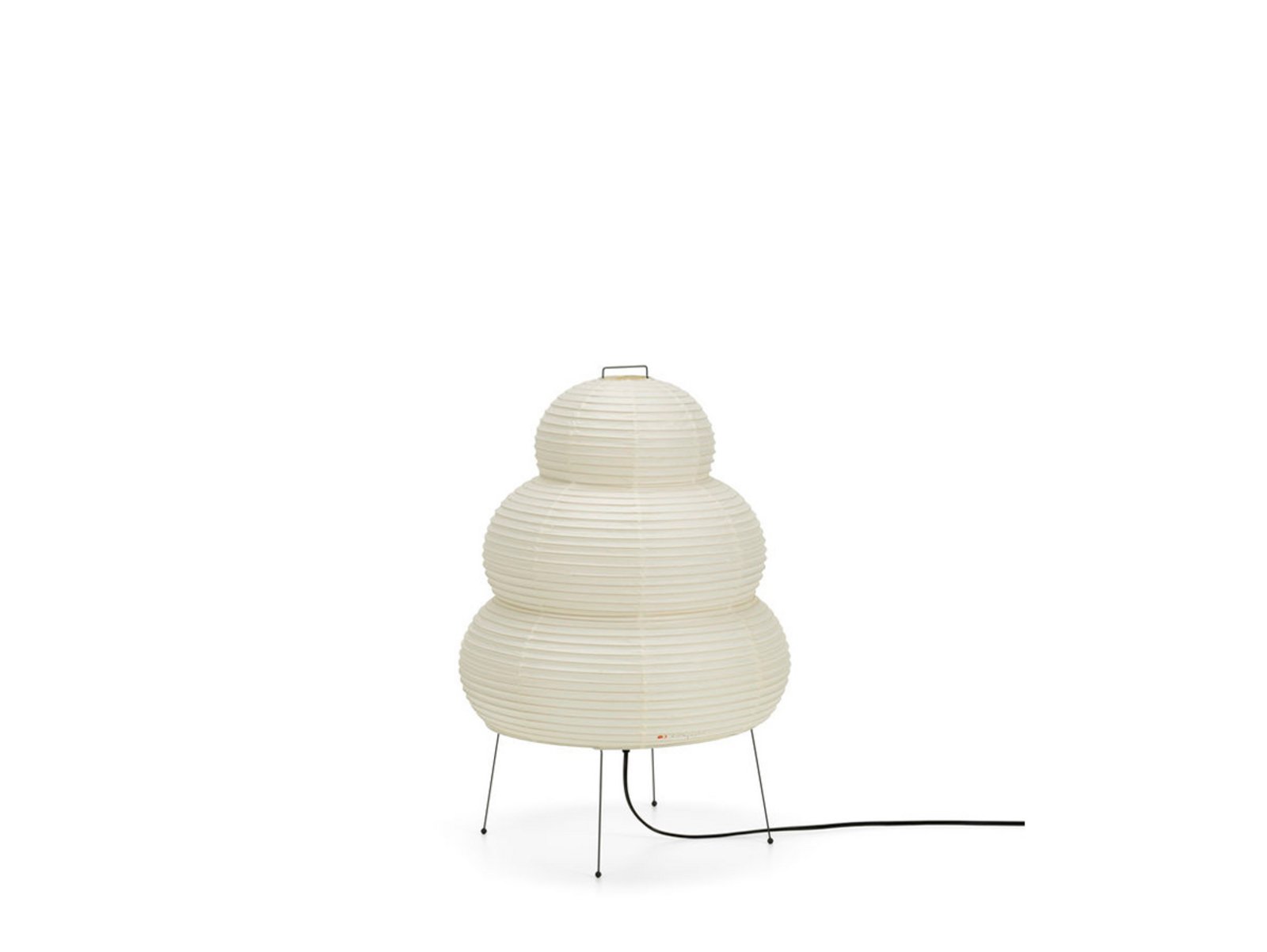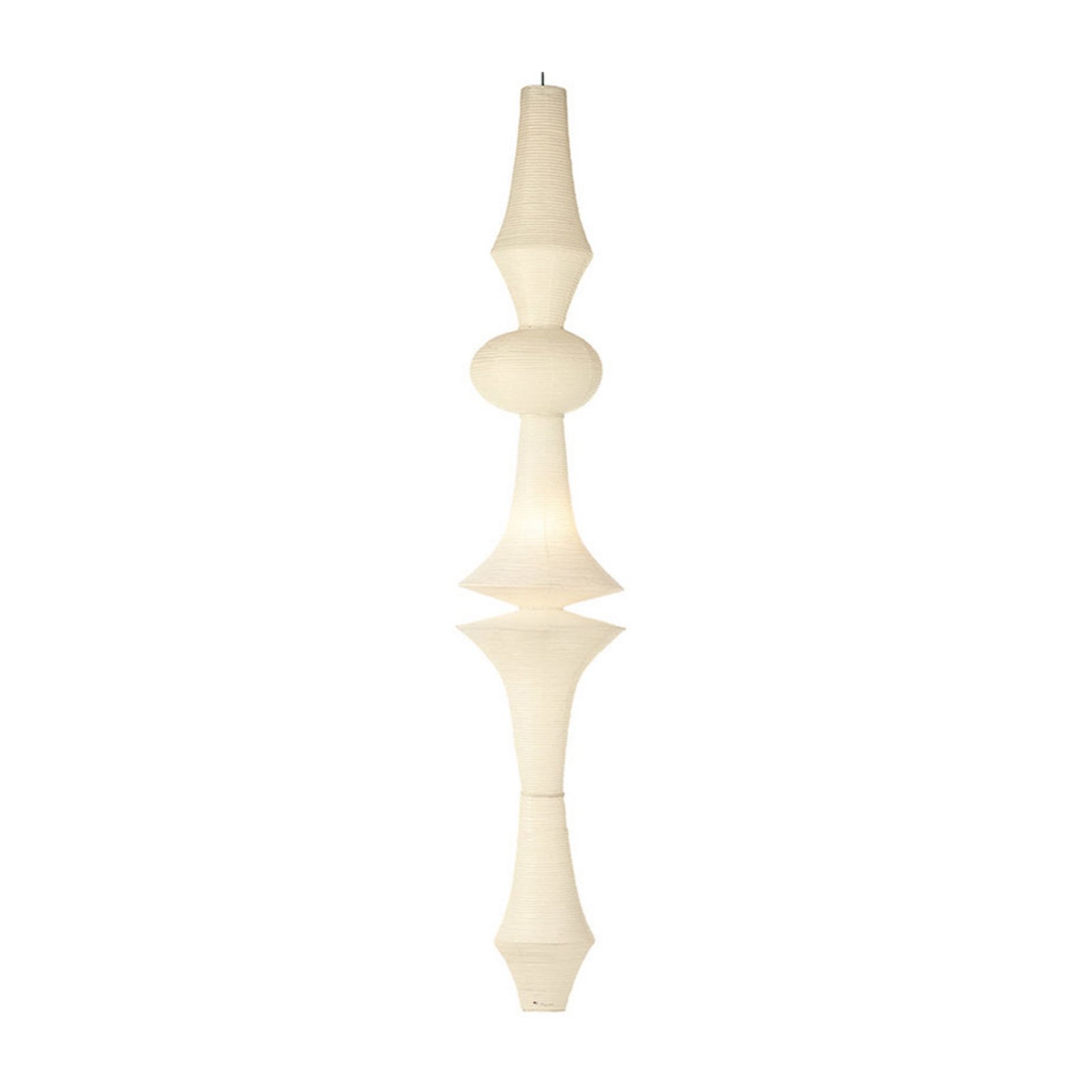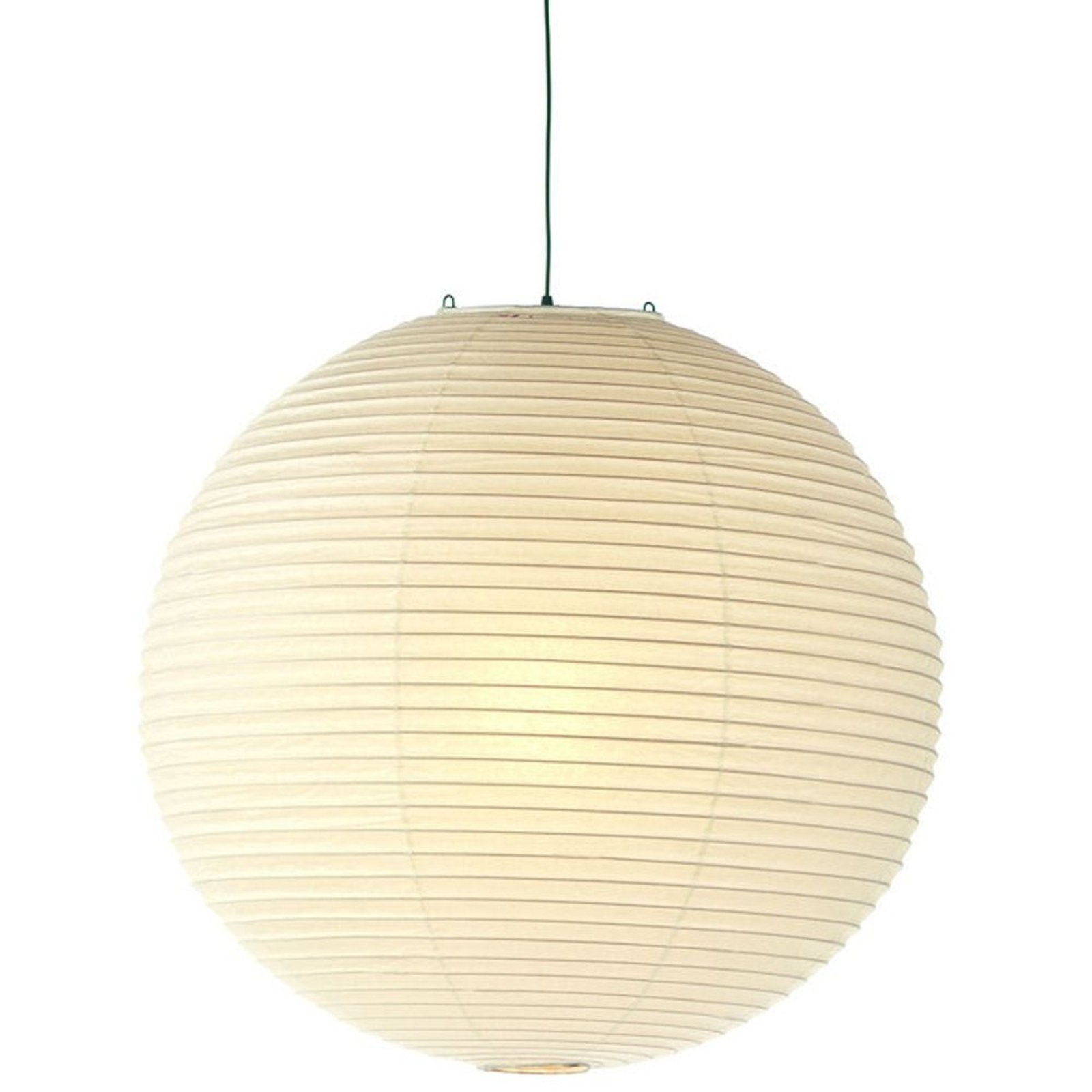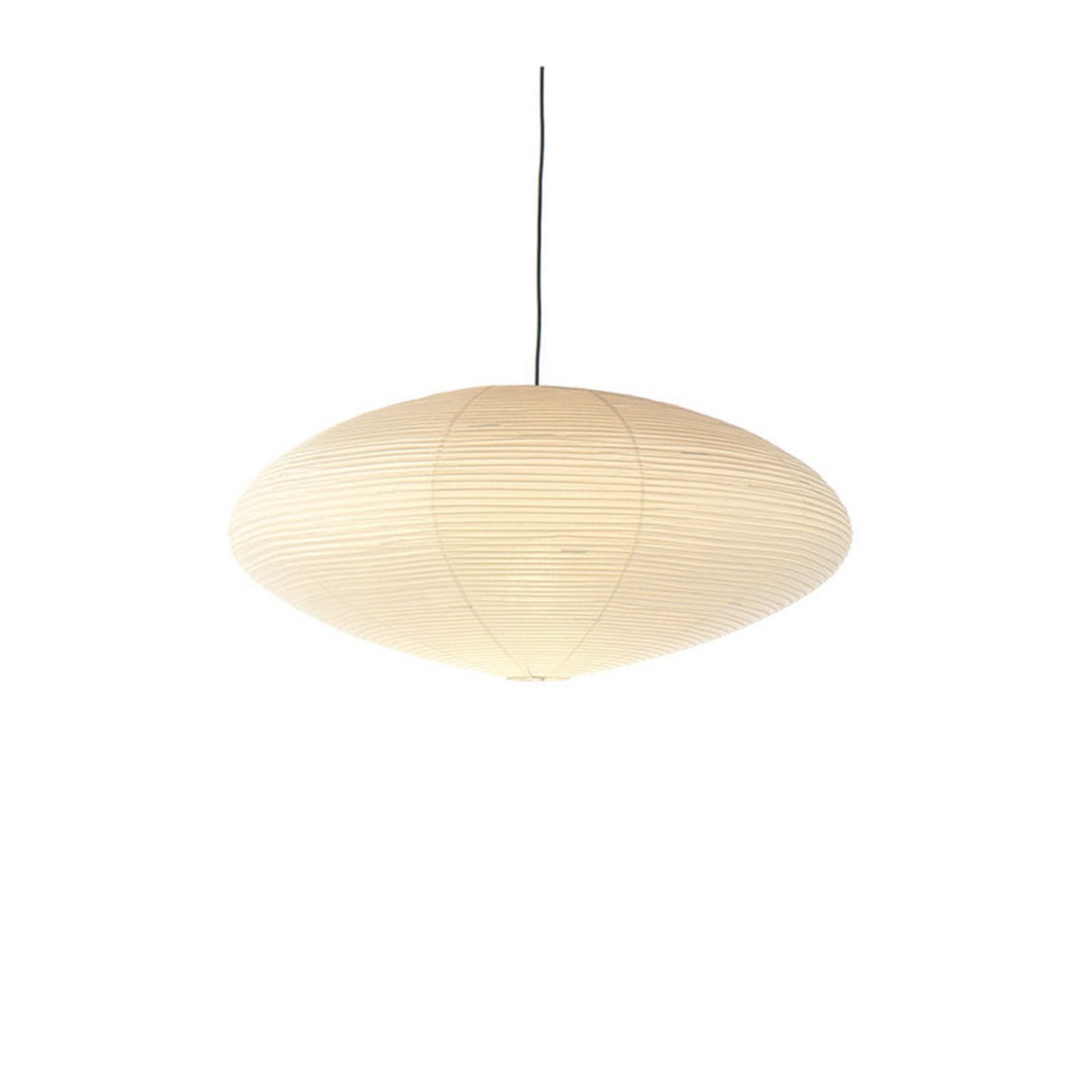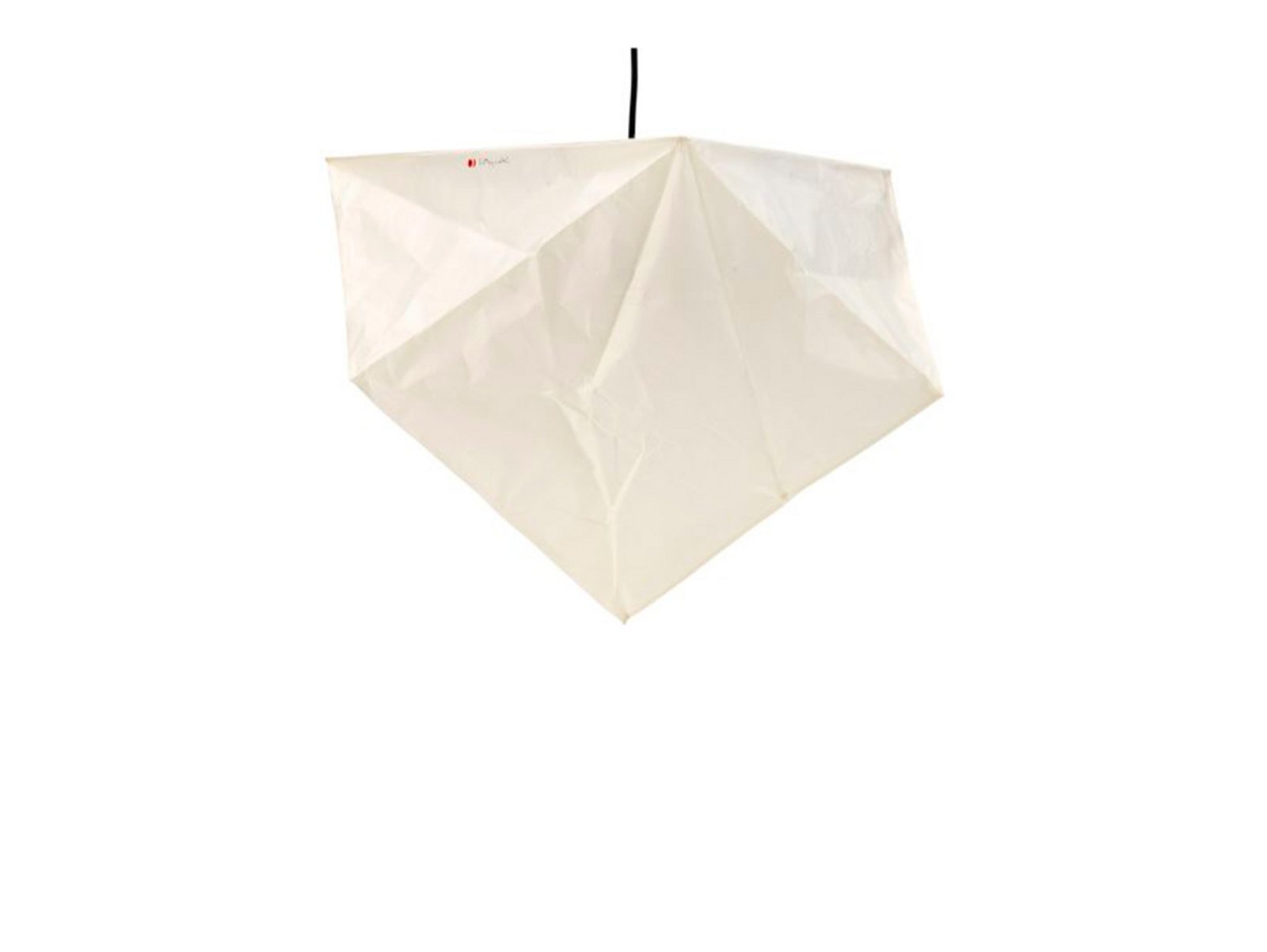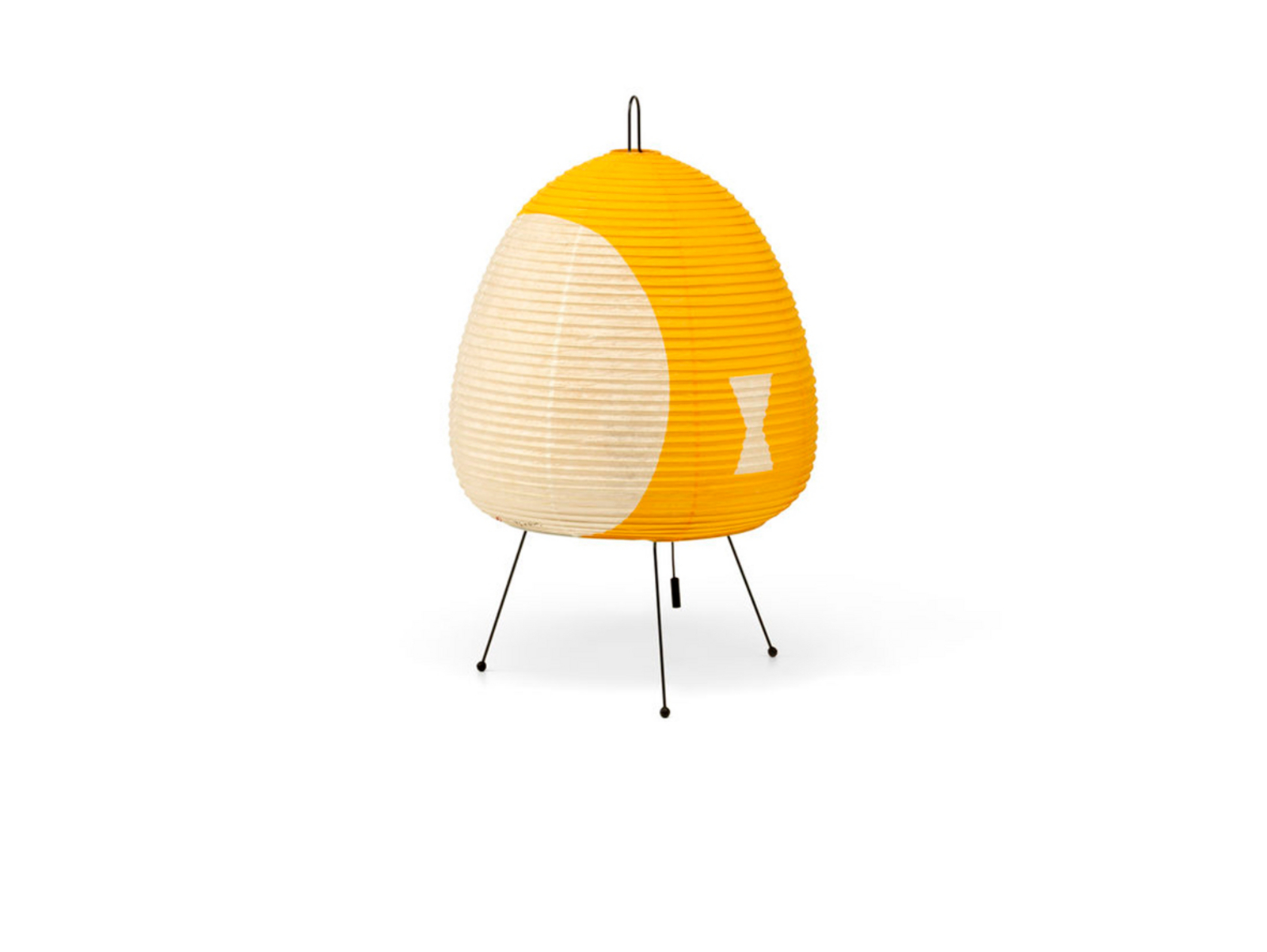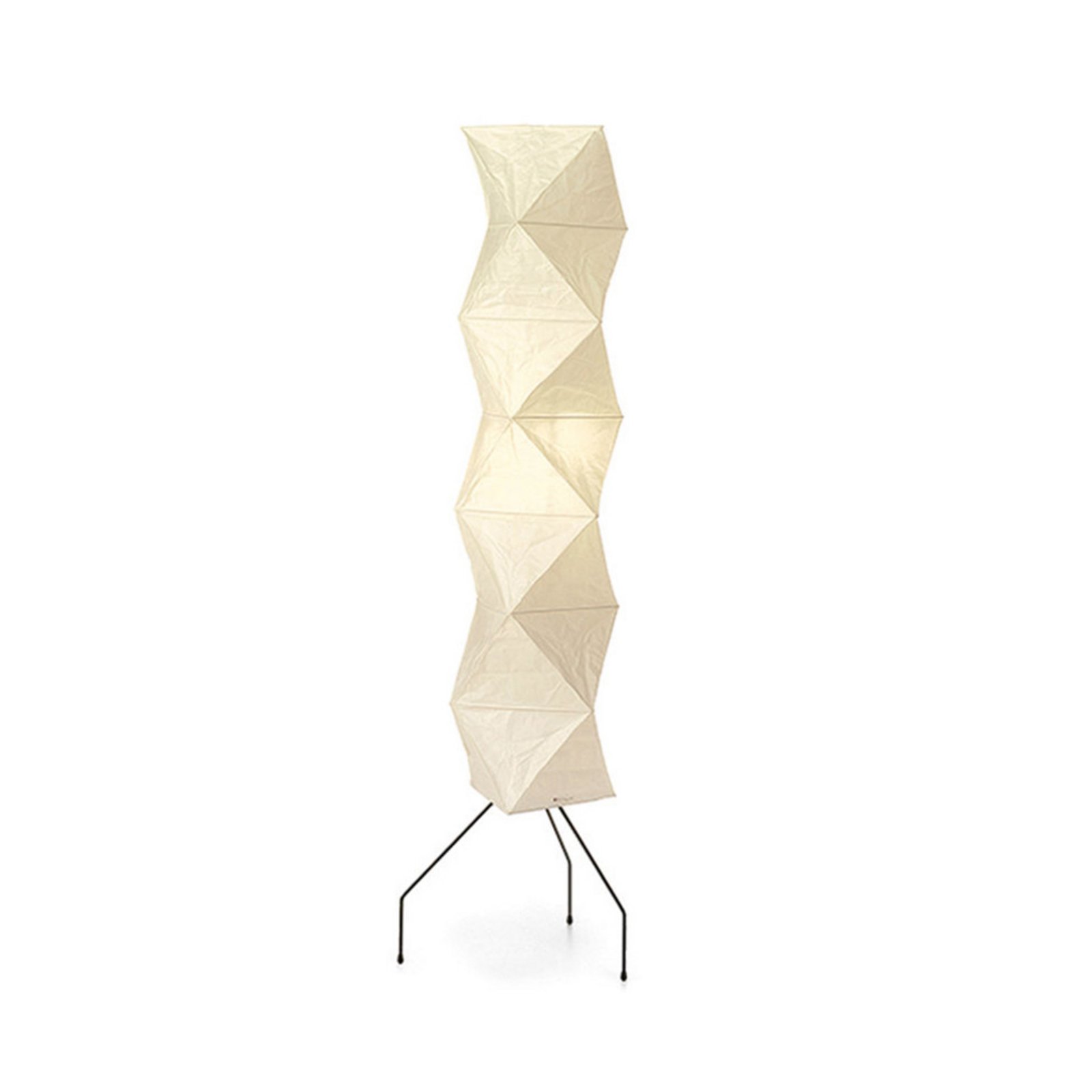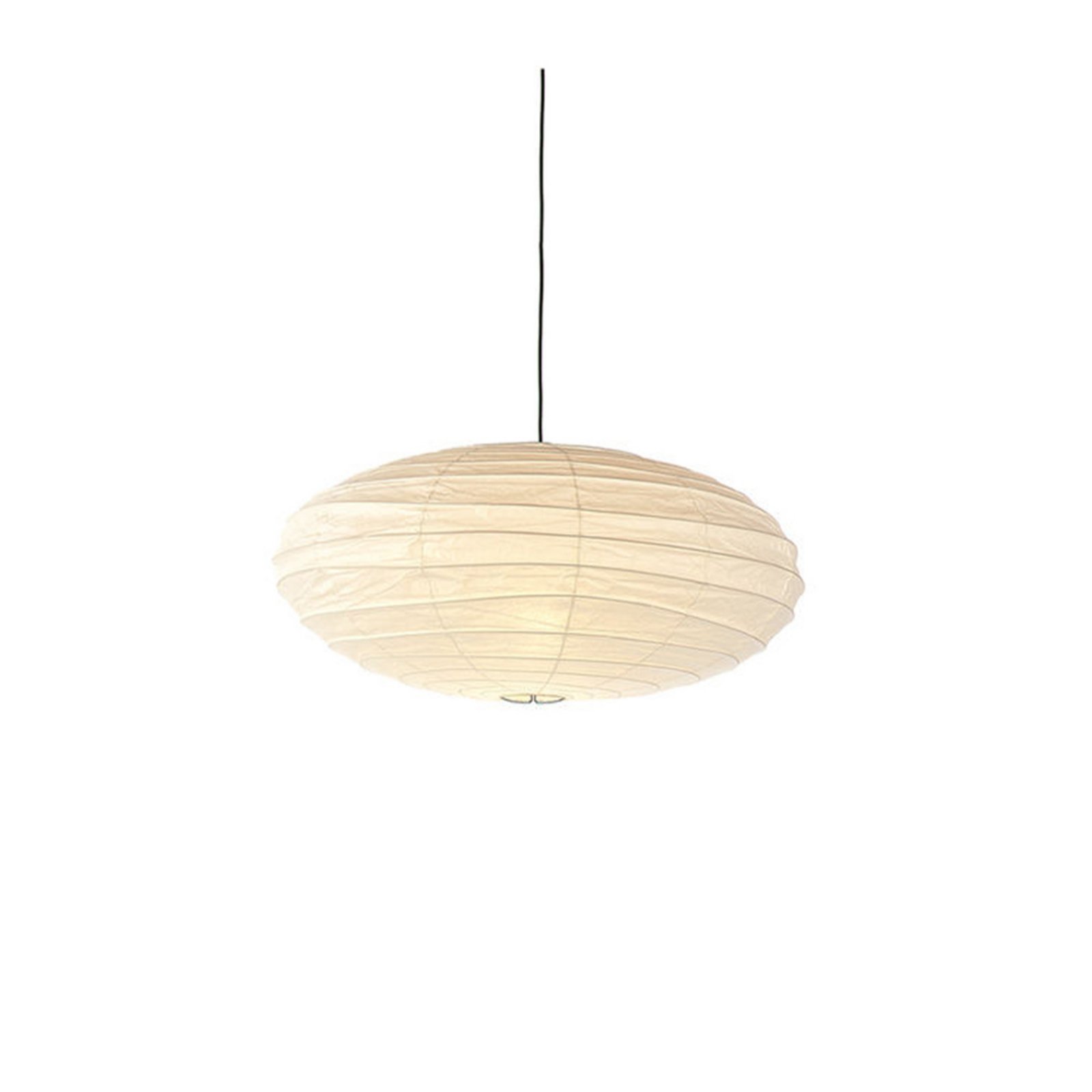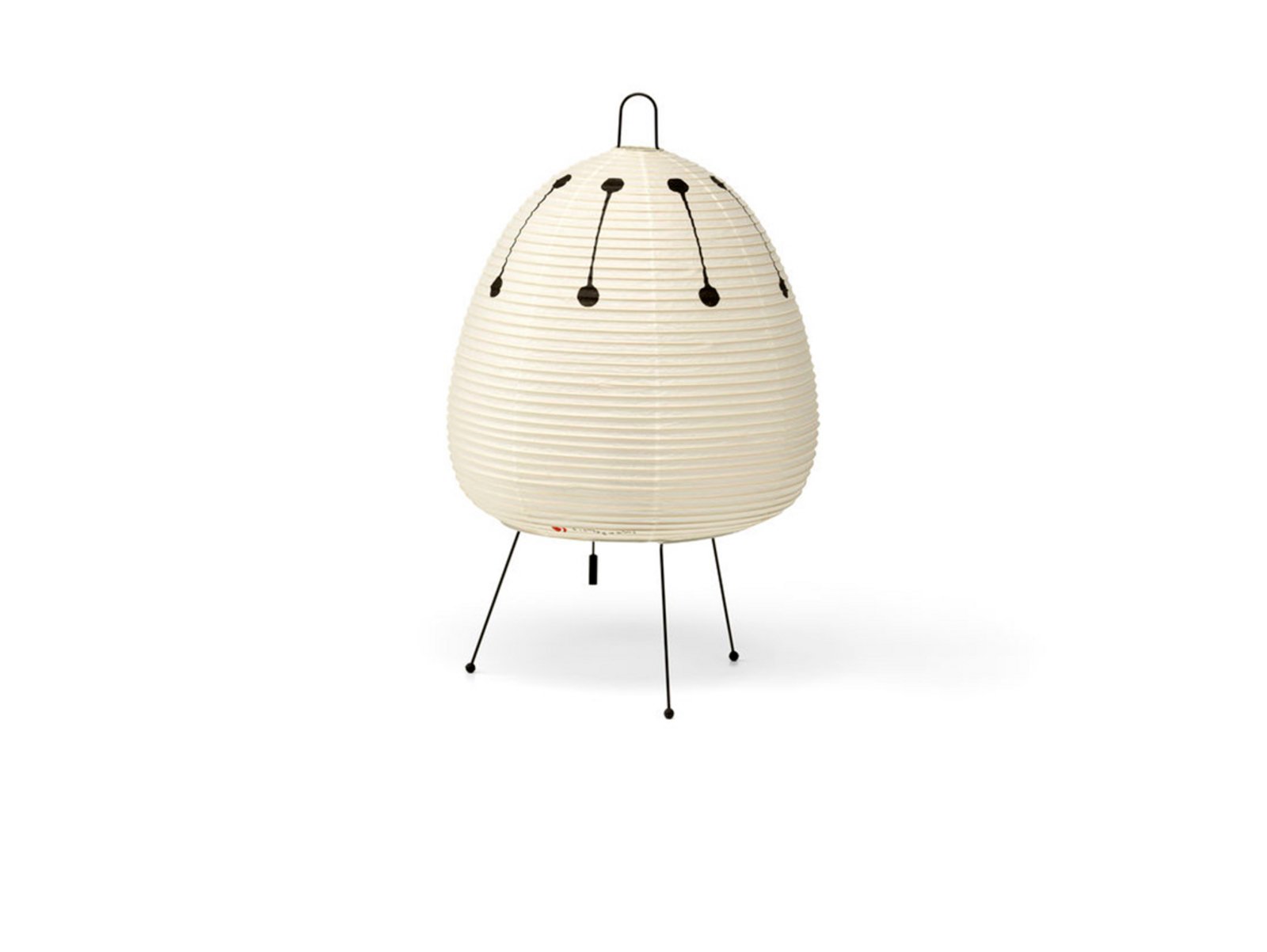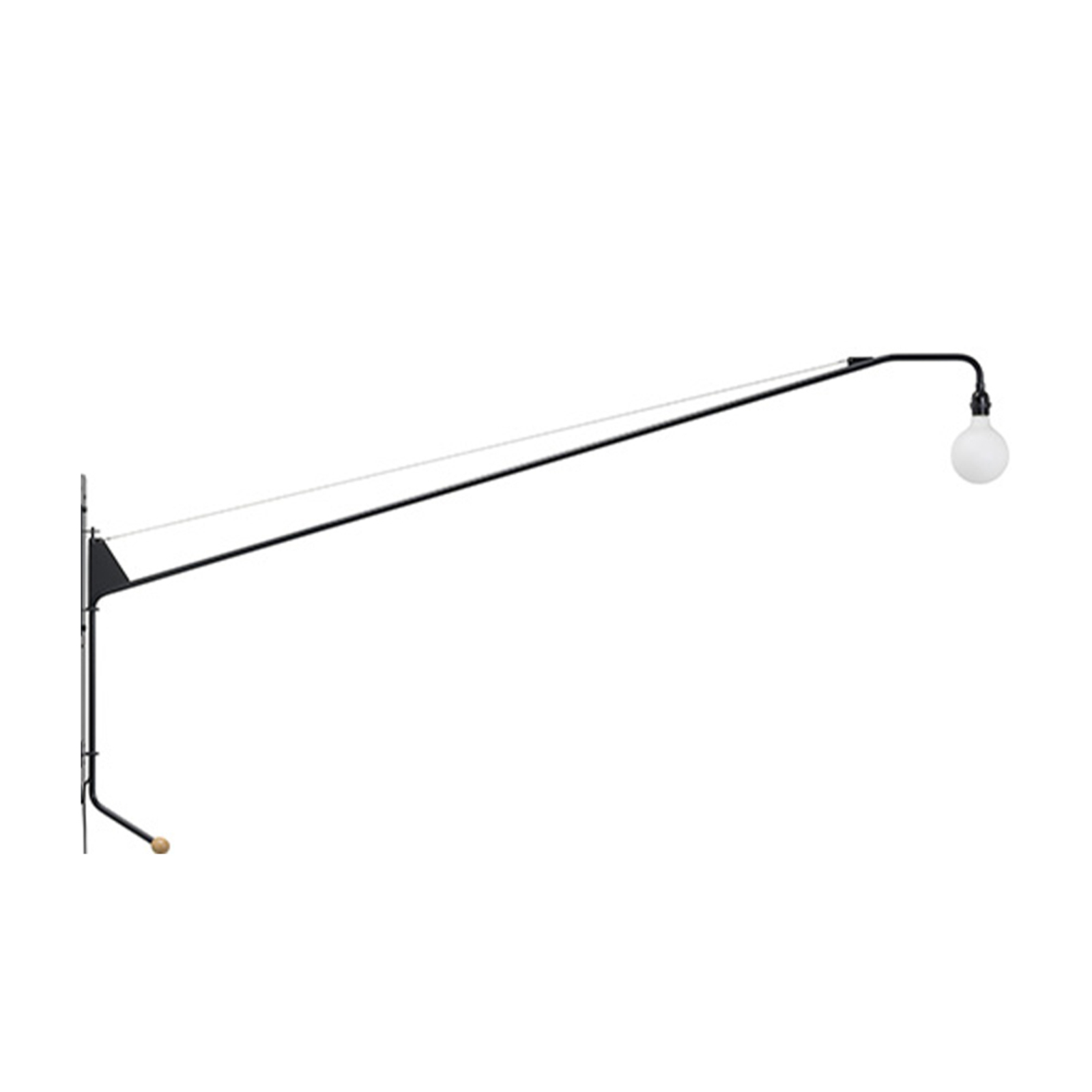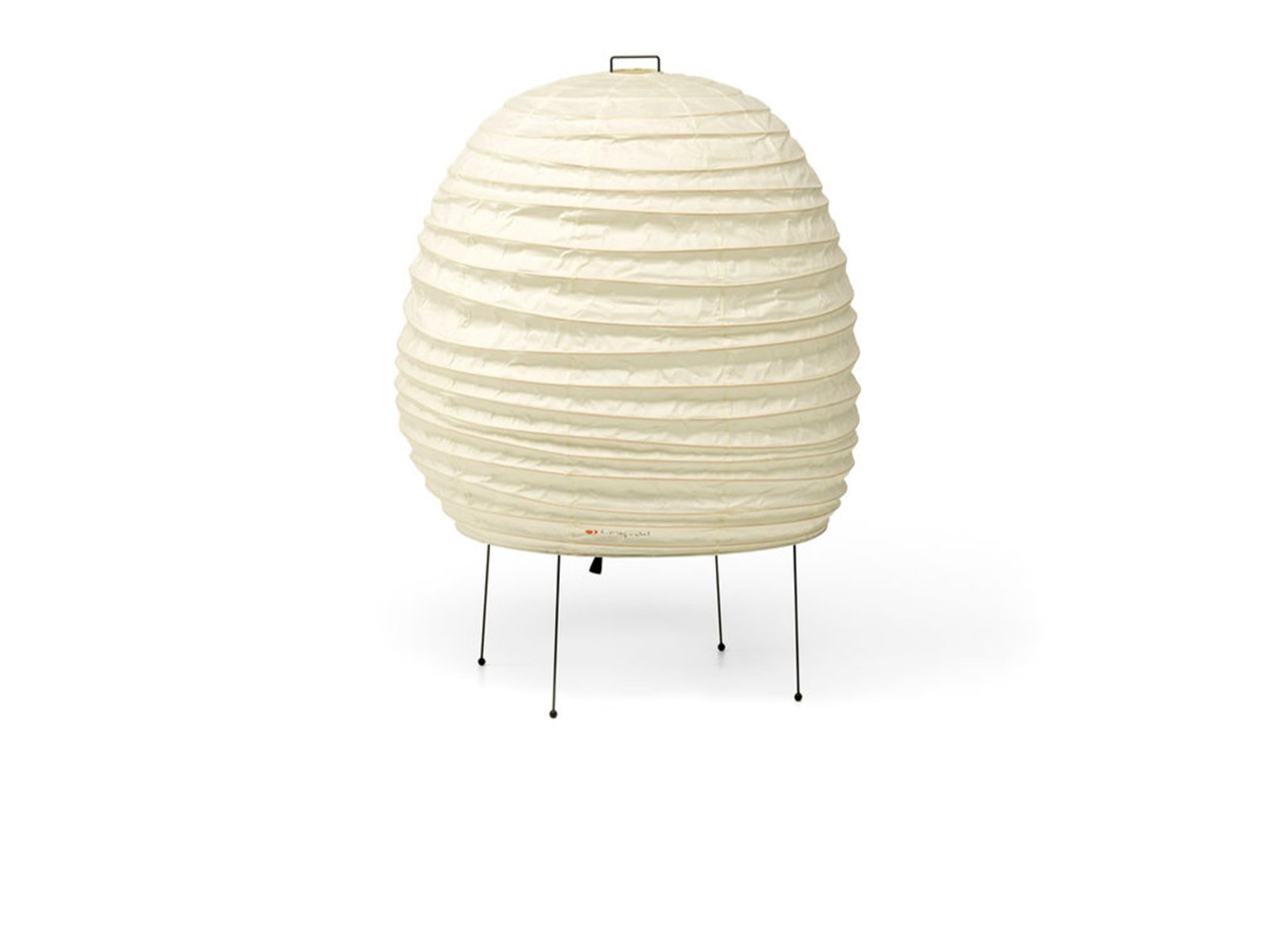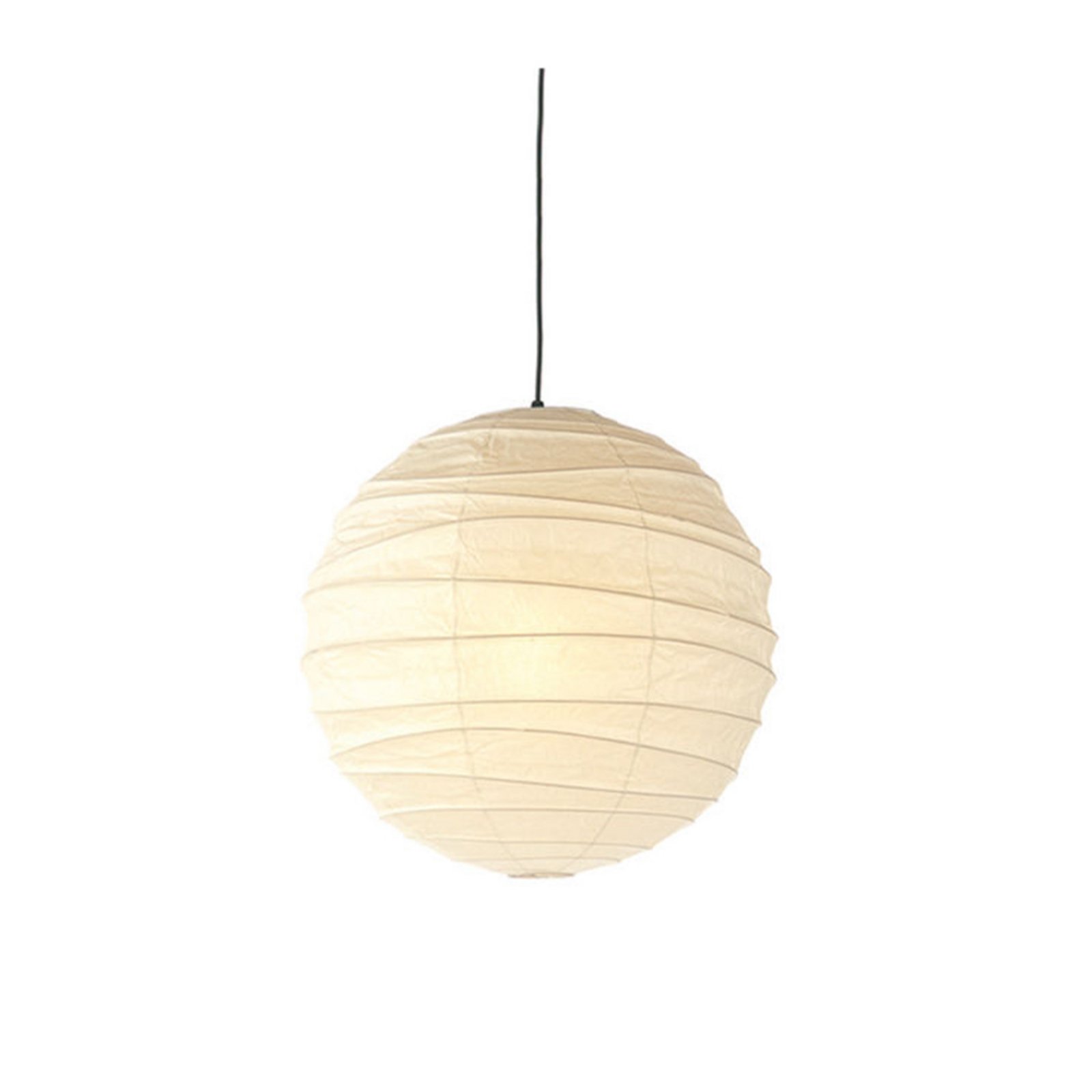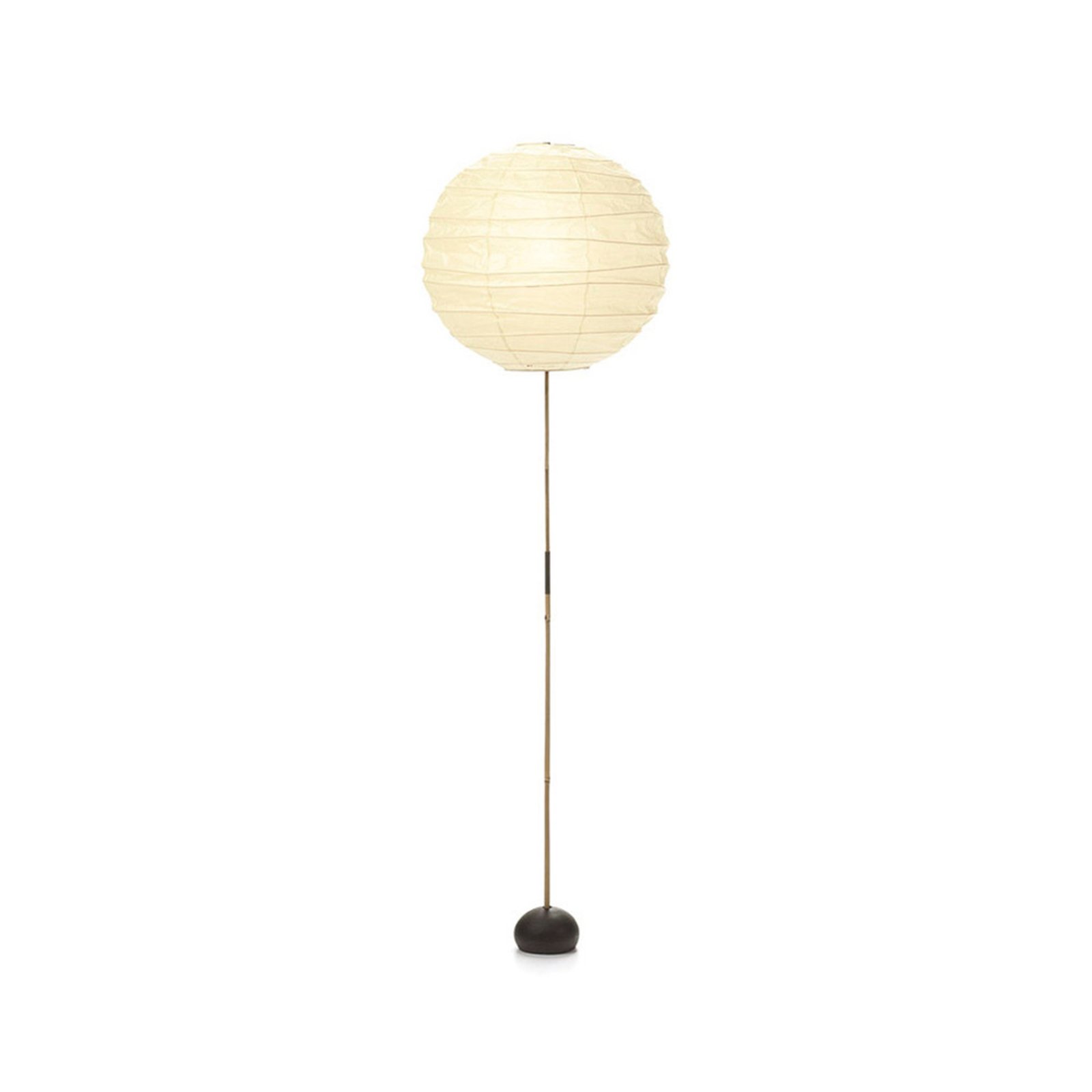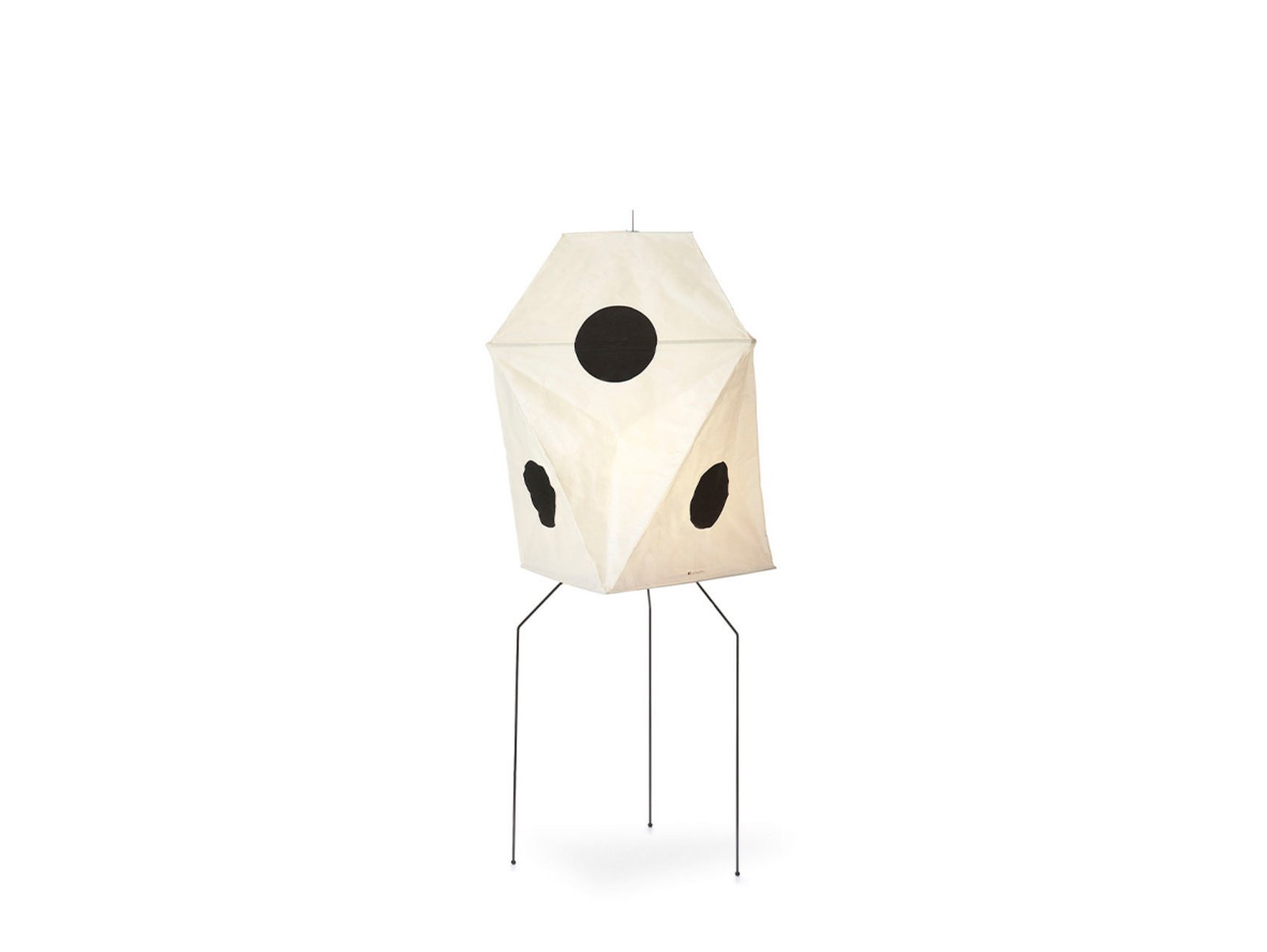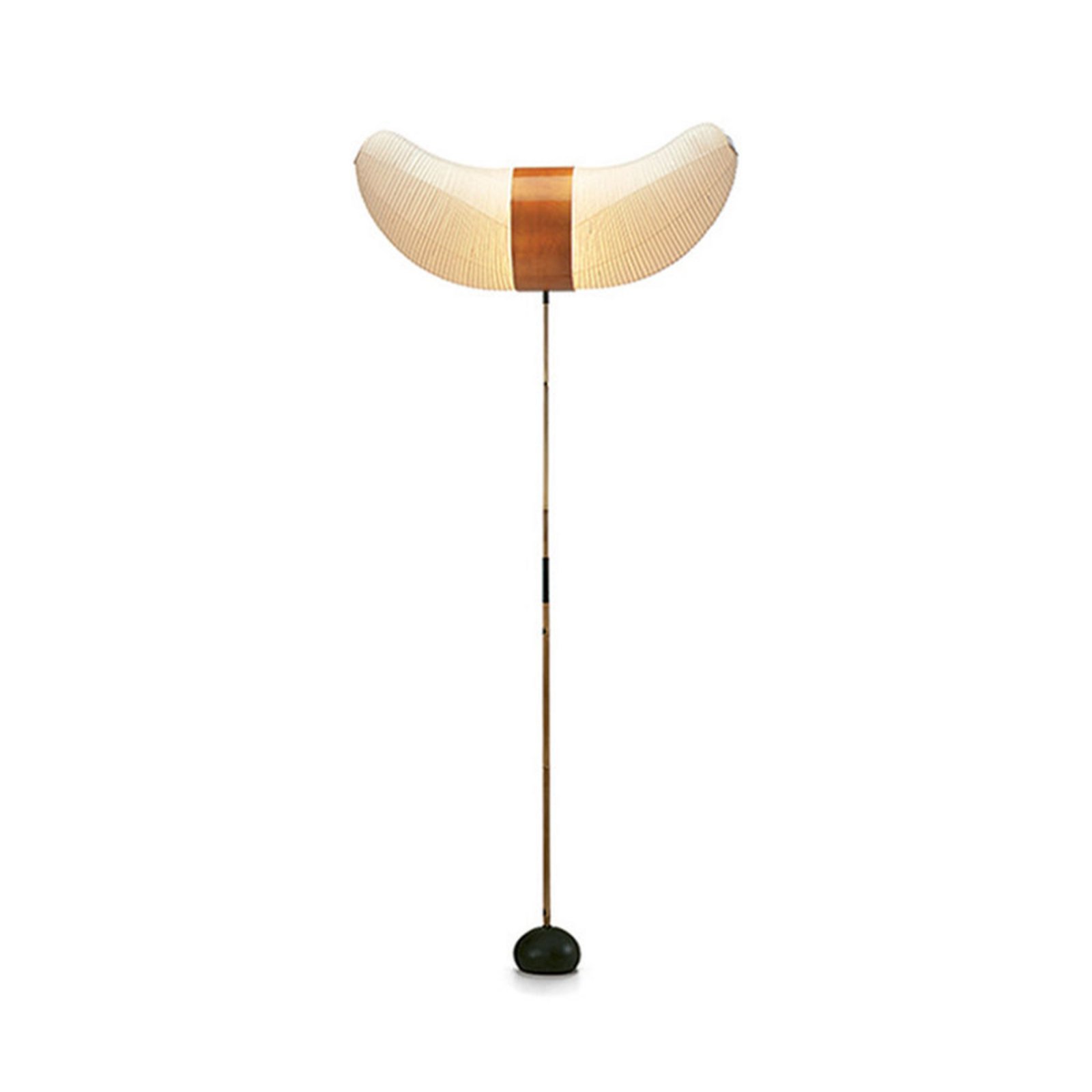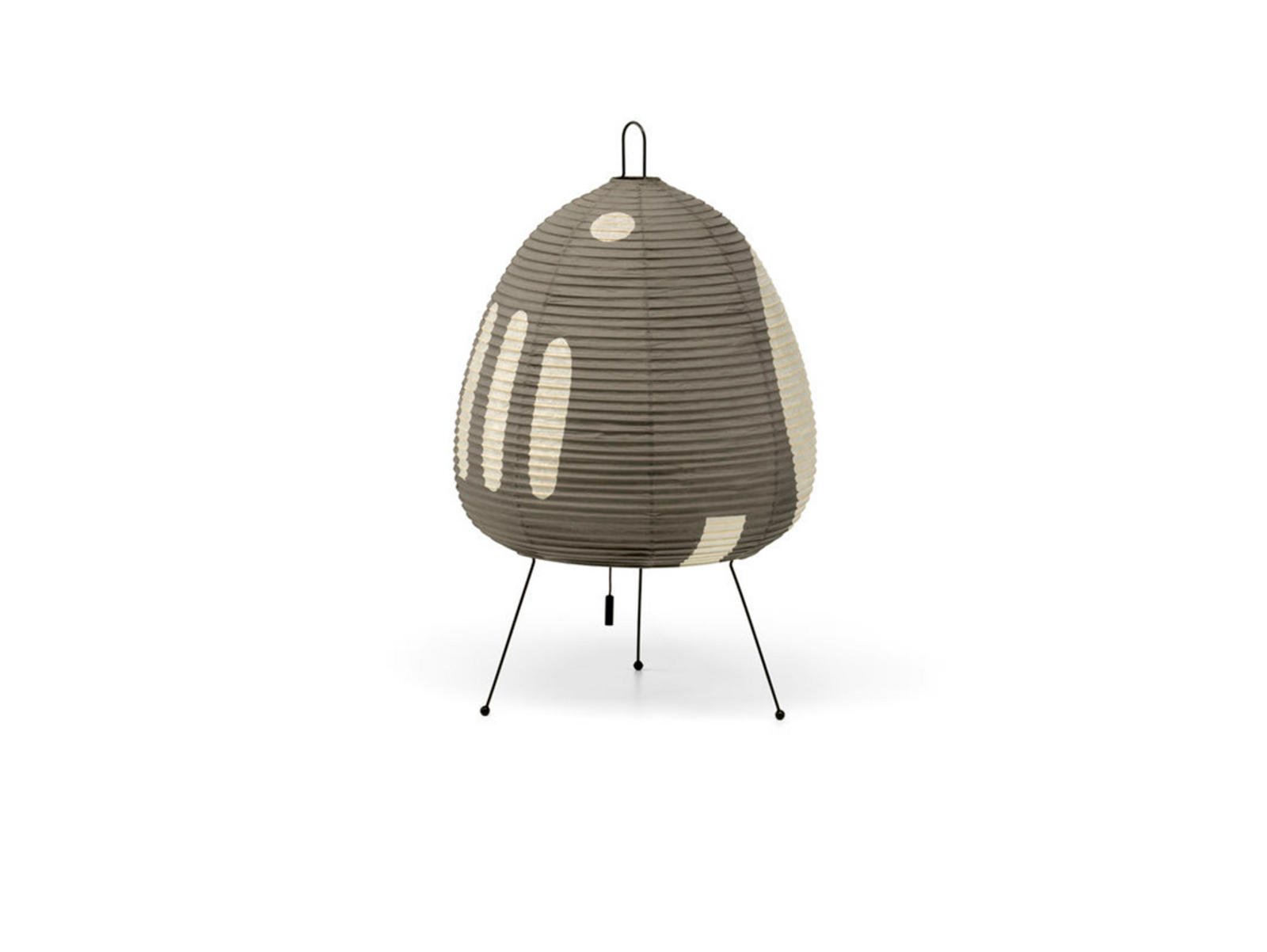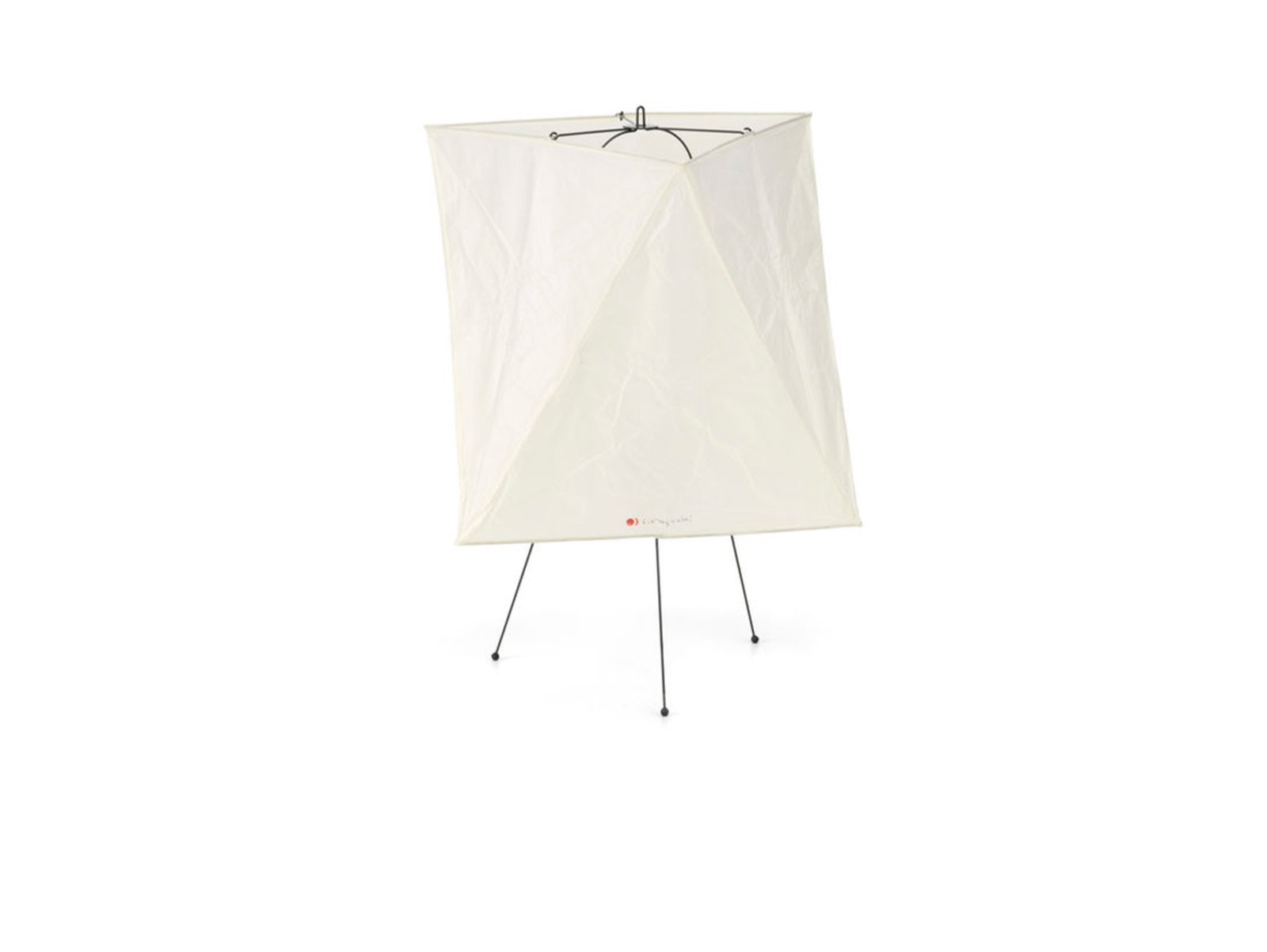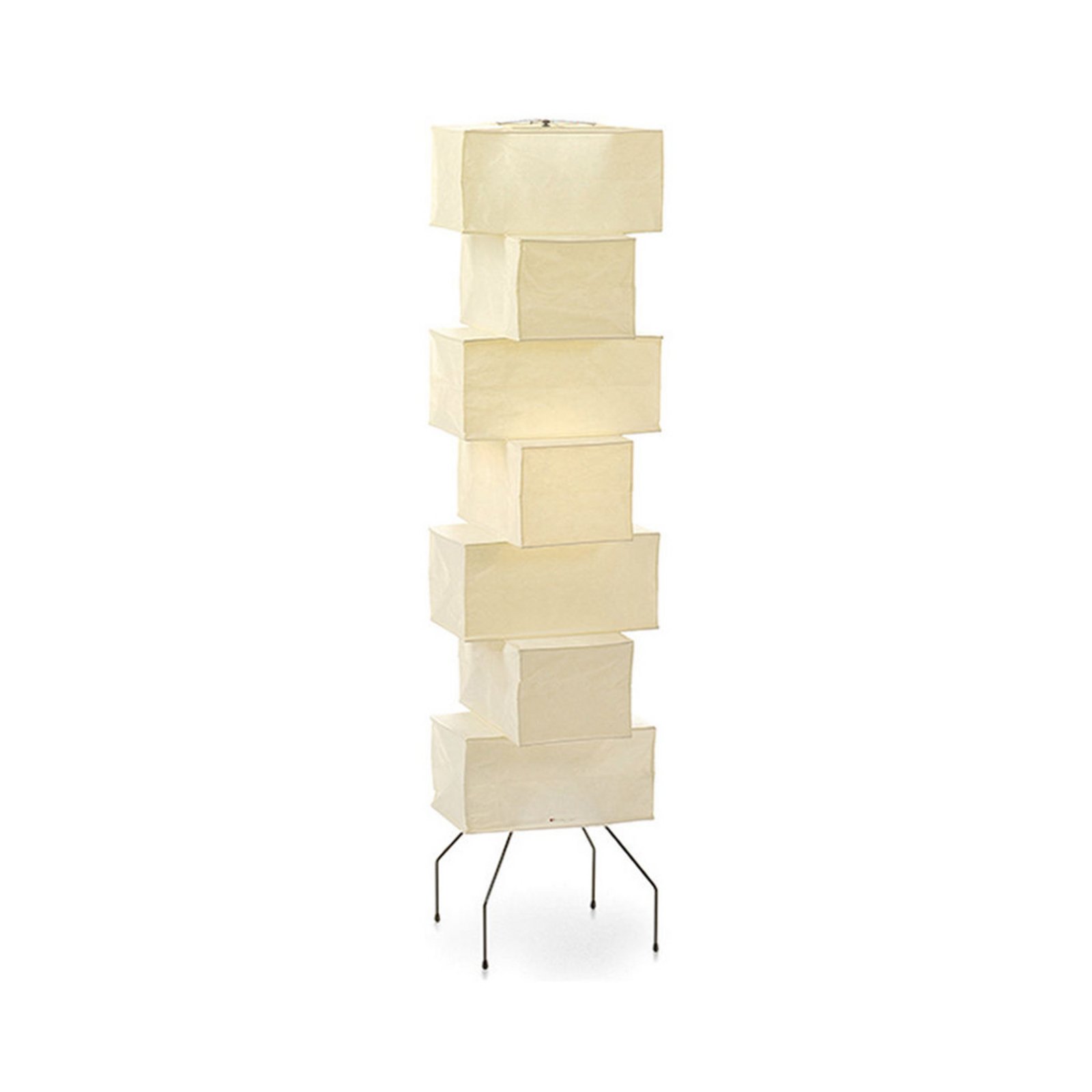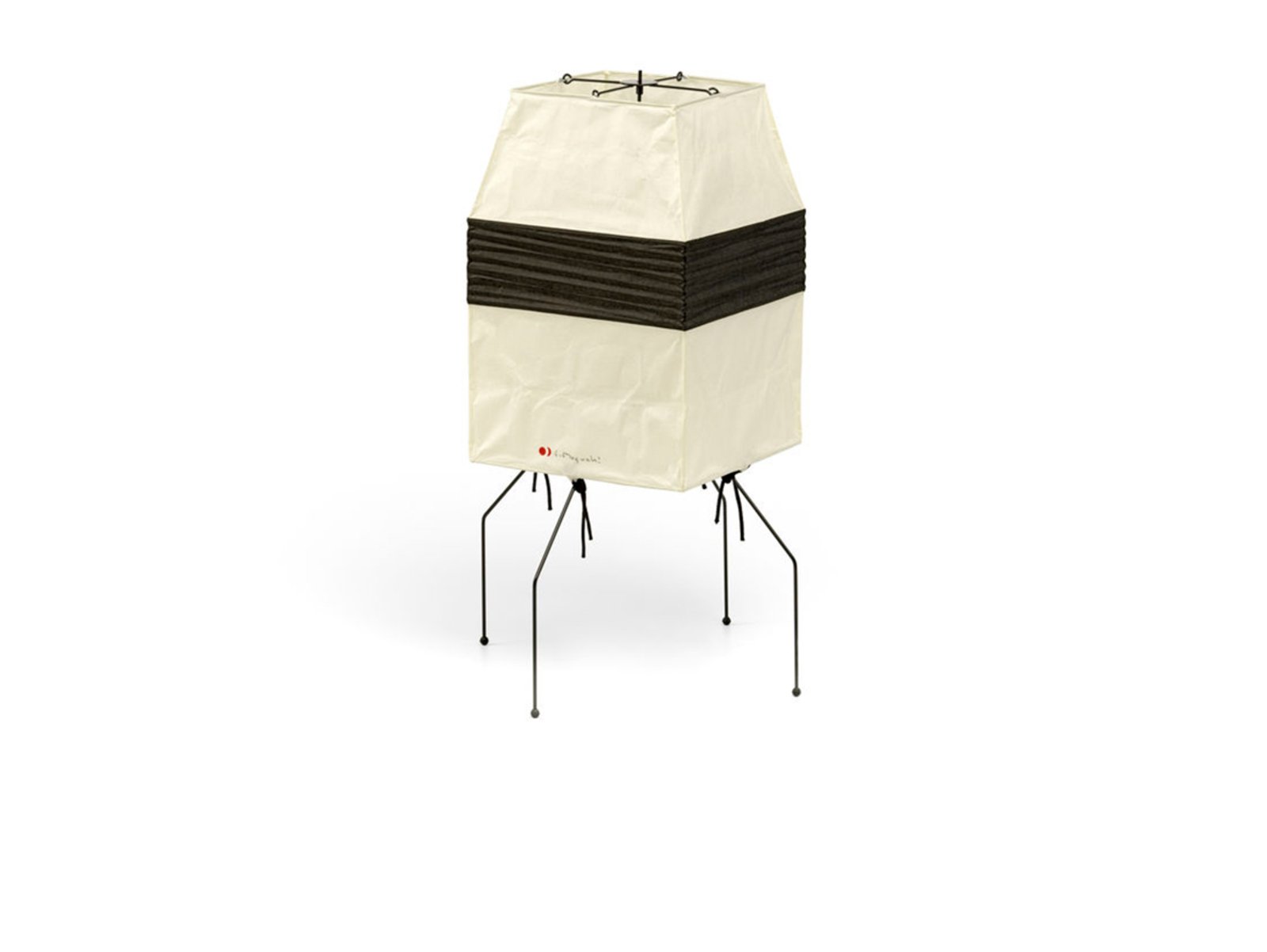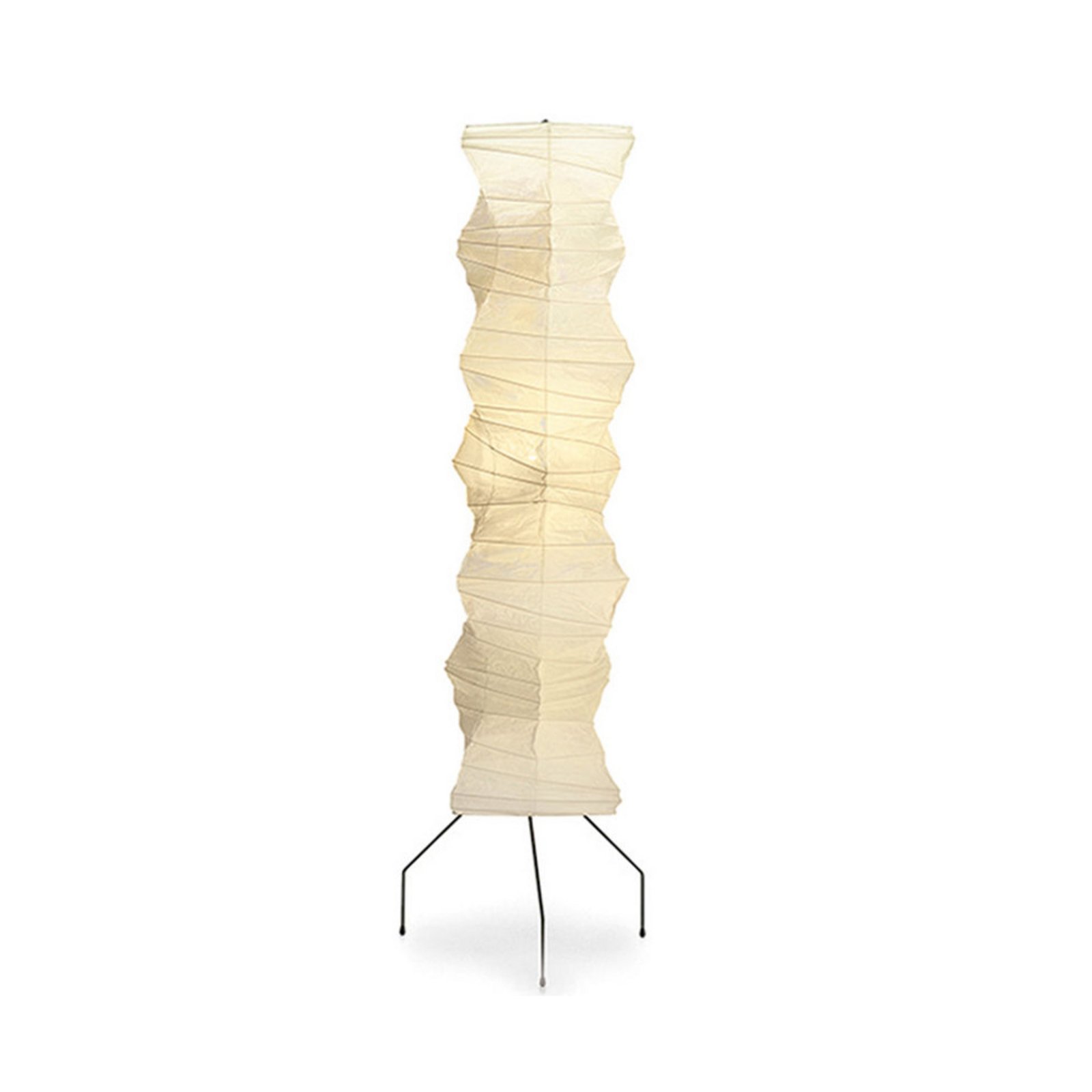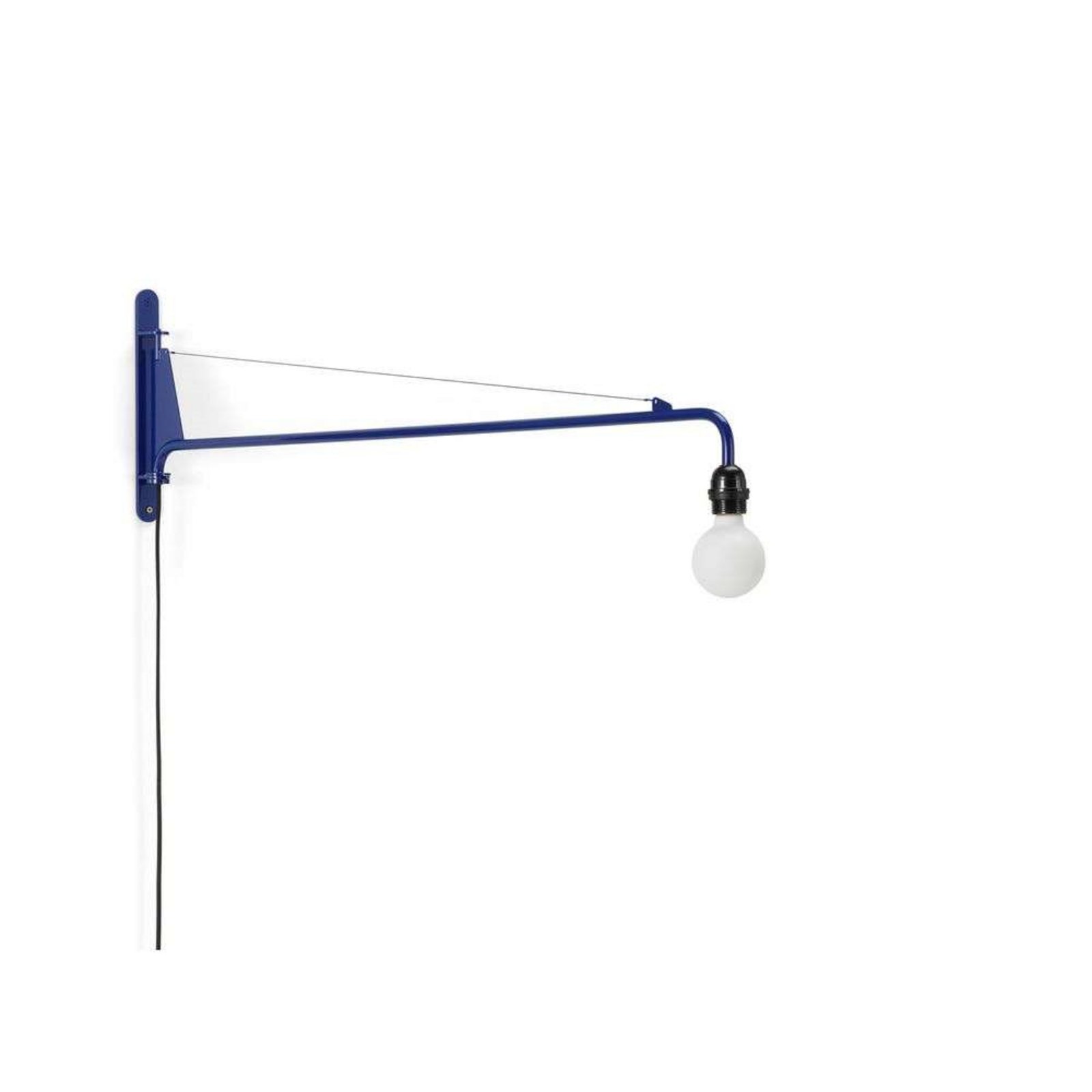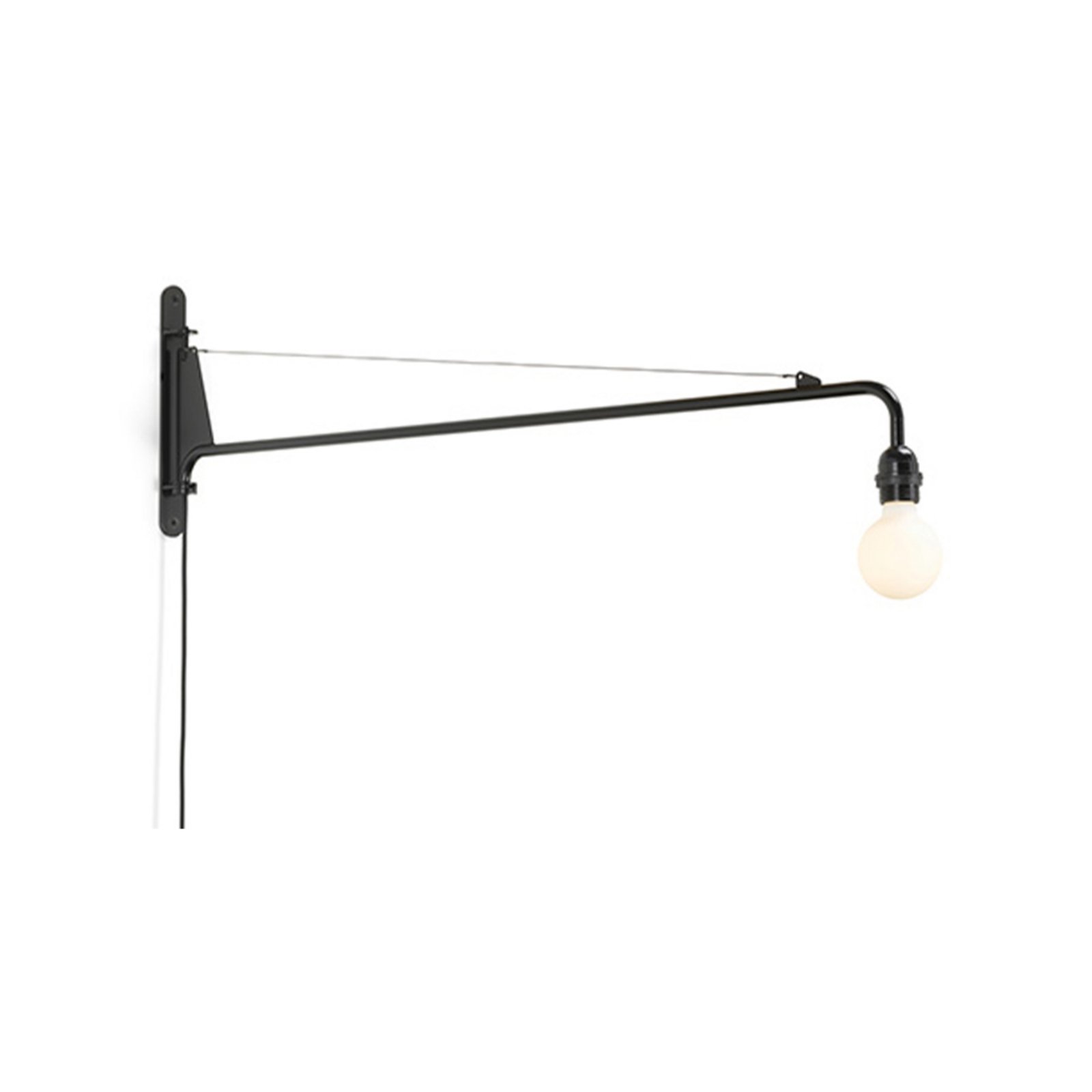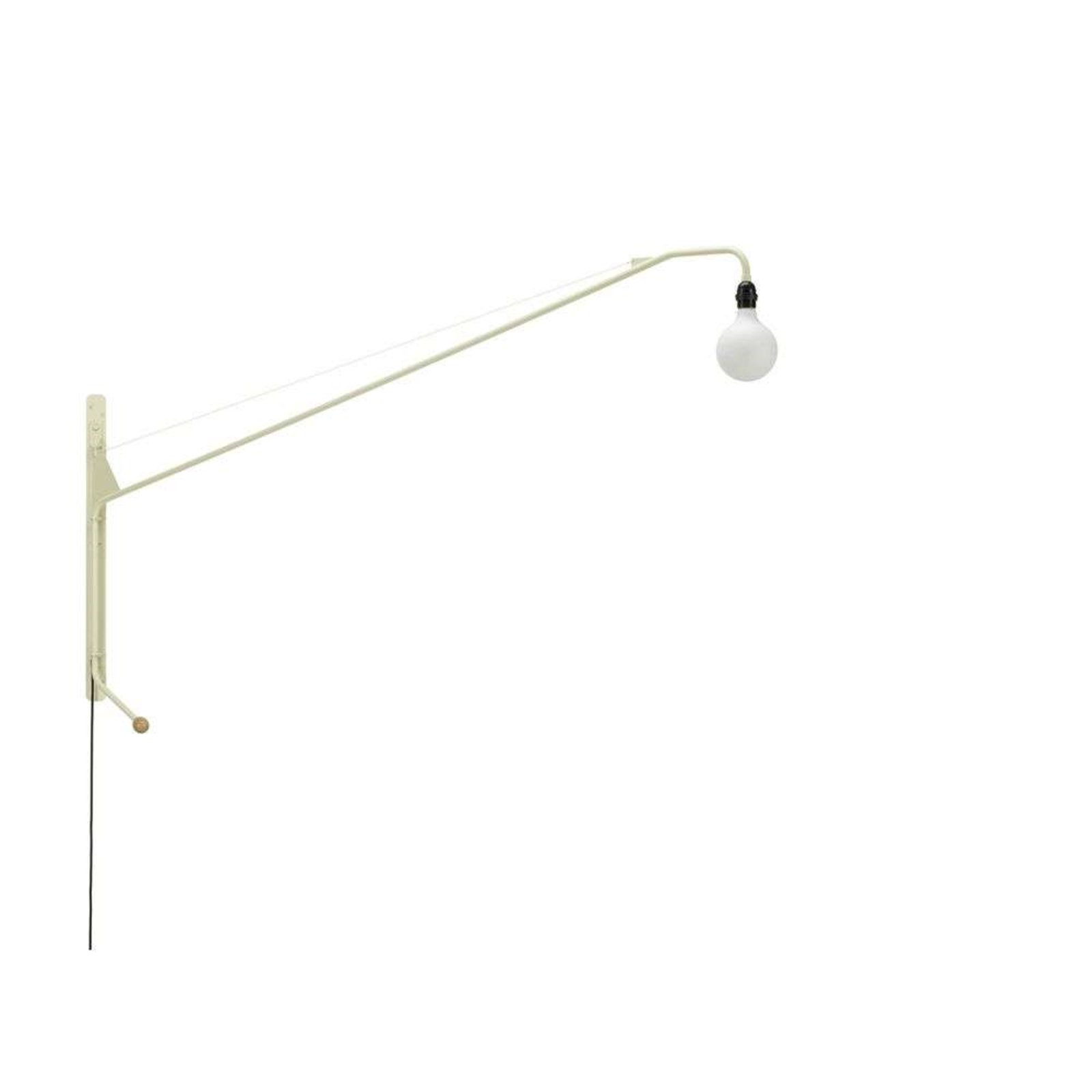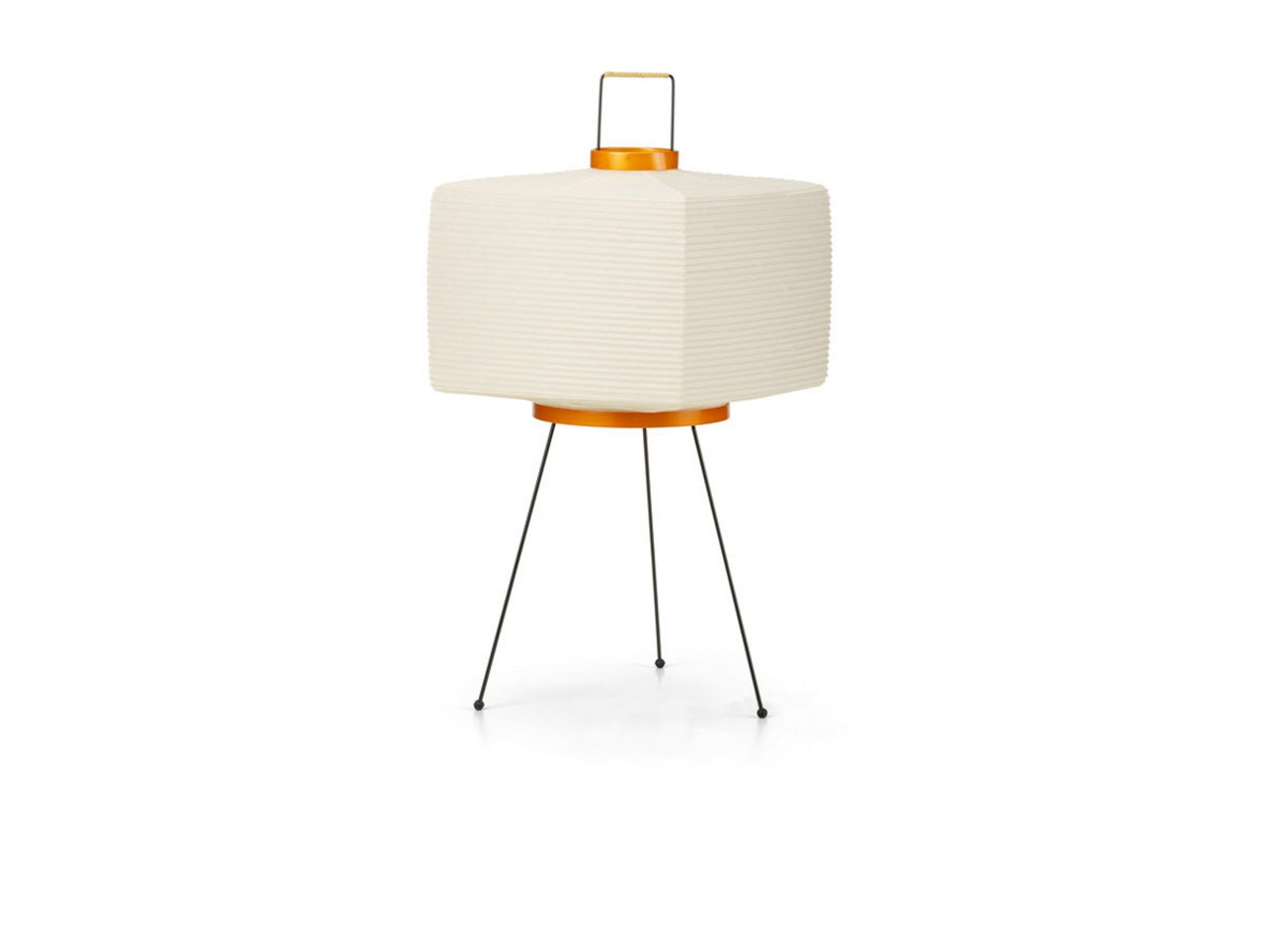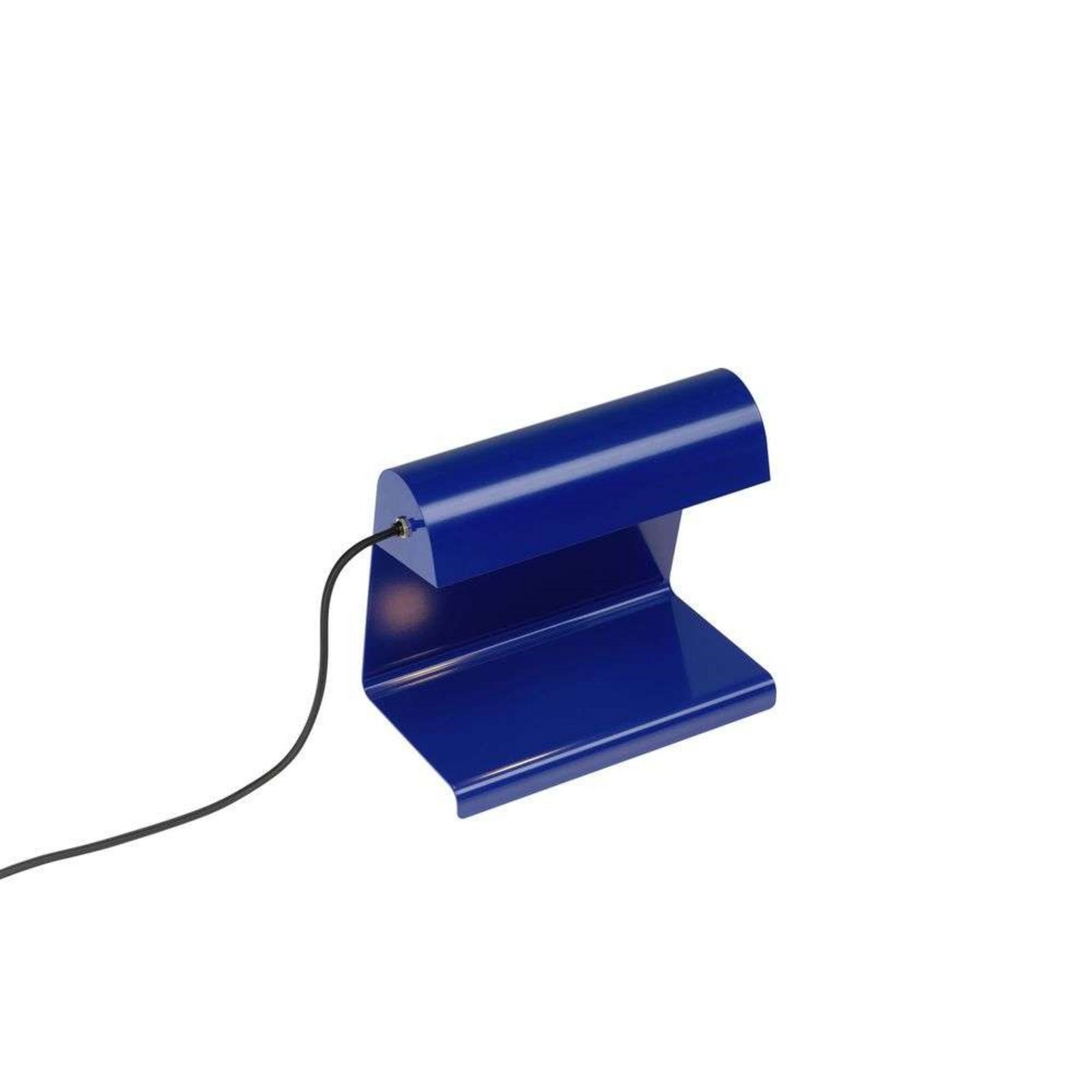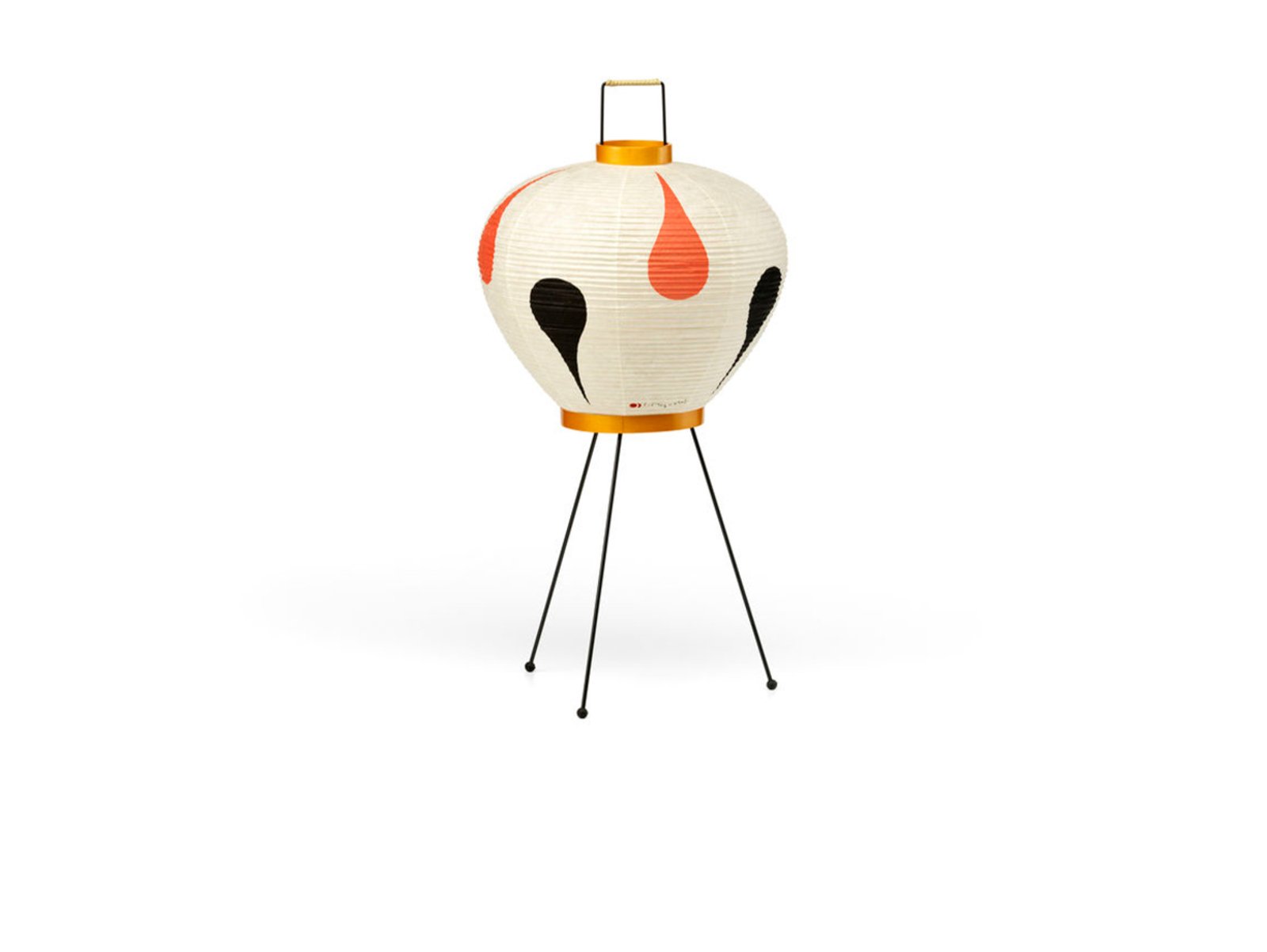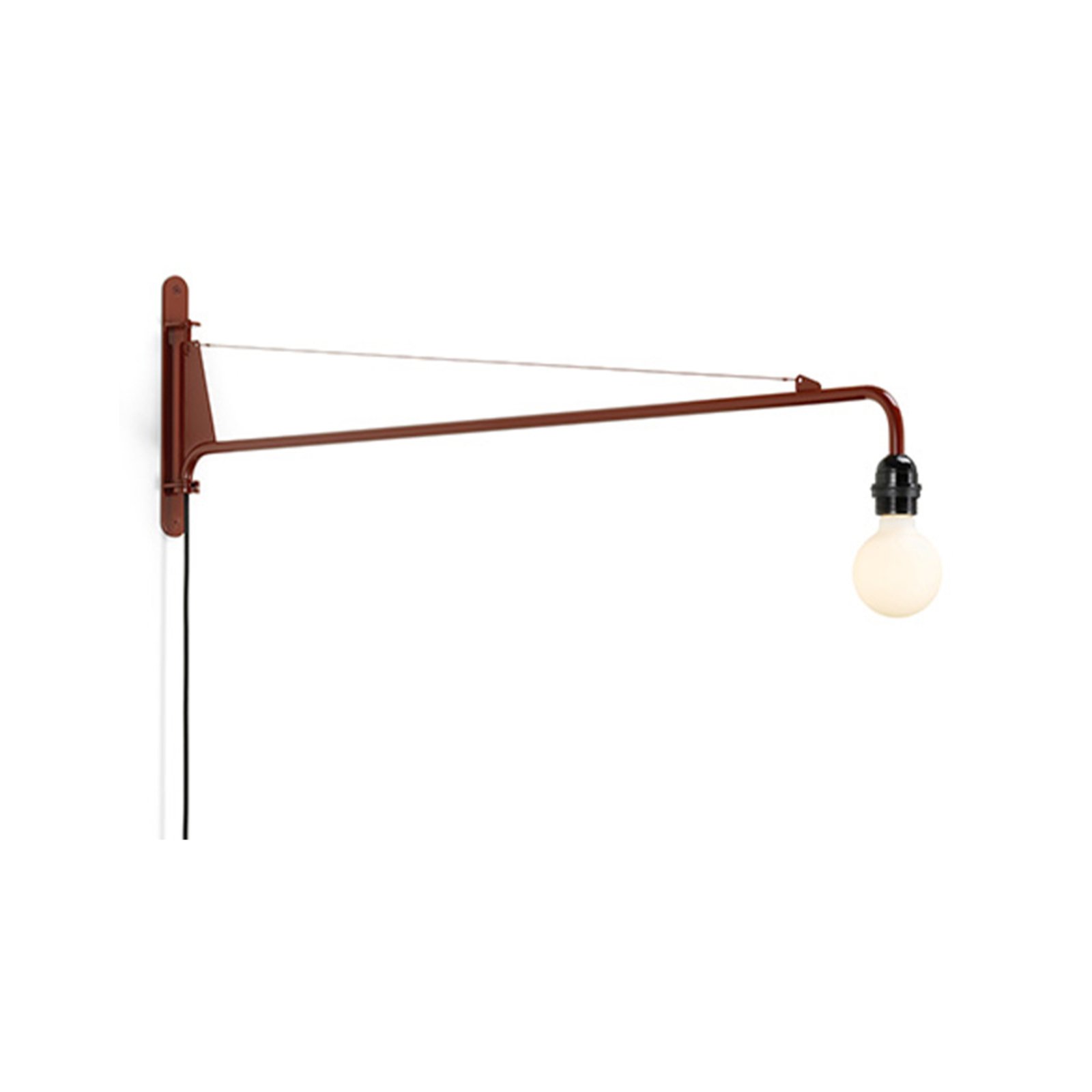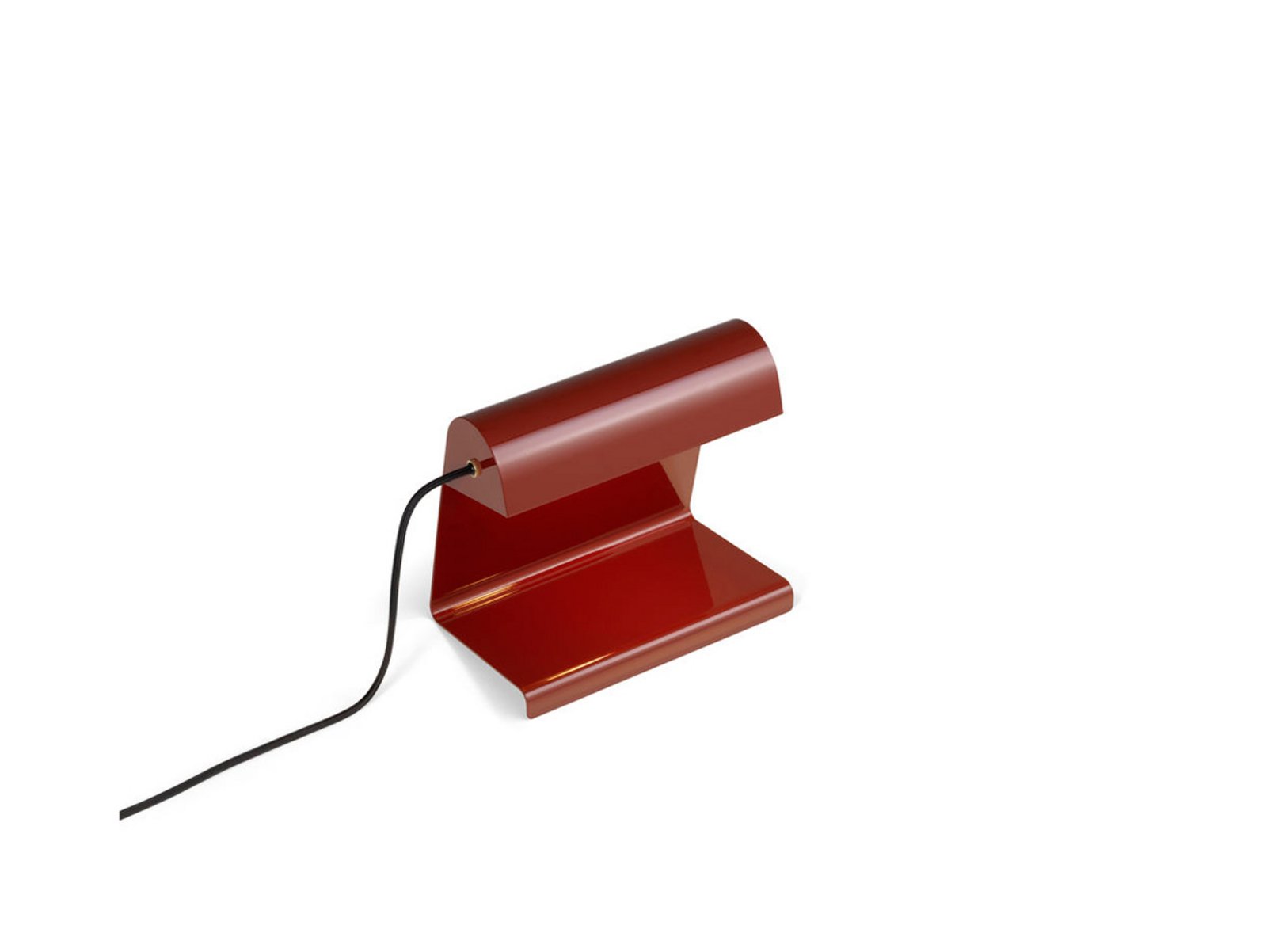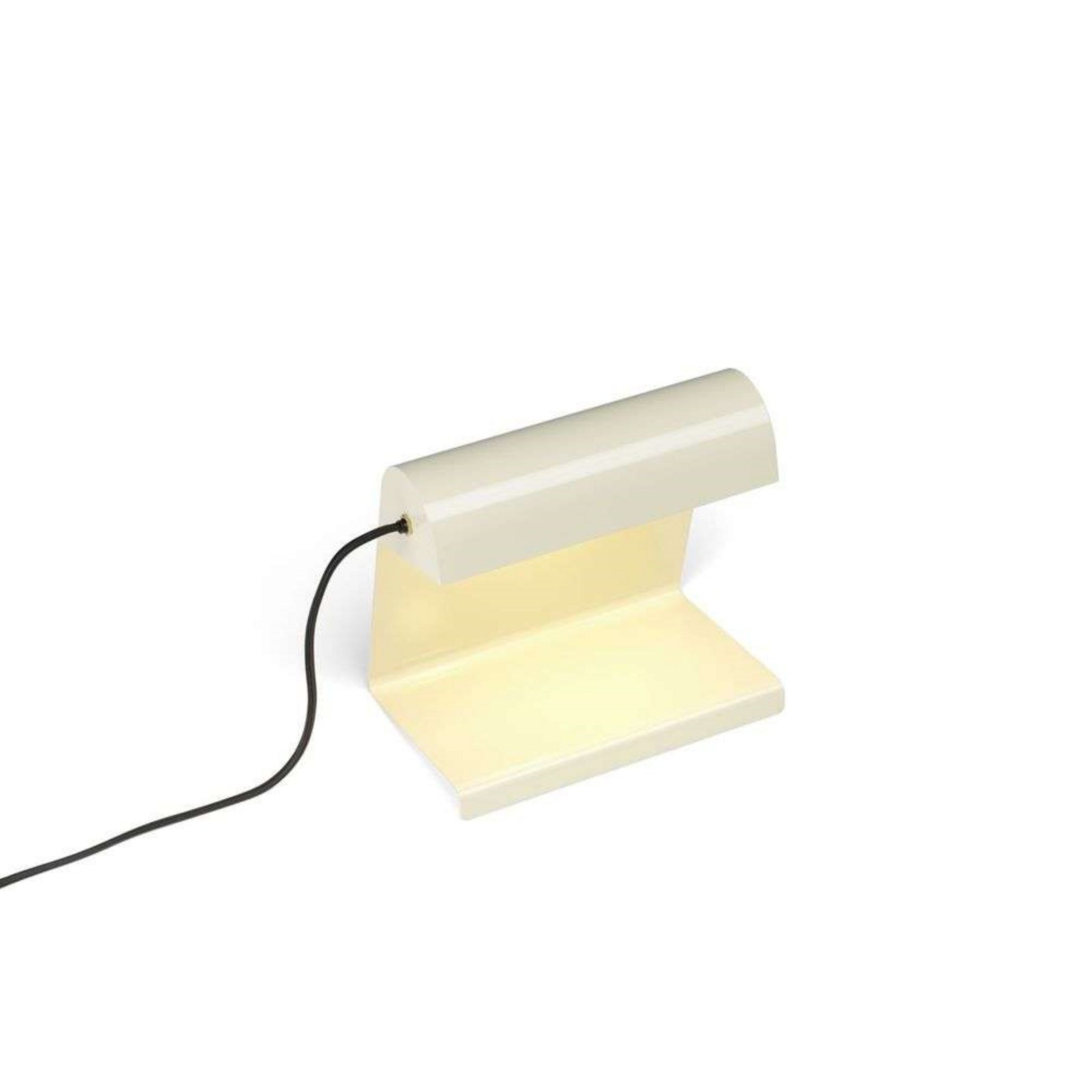- Professional Customer Service
- 50-day return policy
- Free delivery over €99
Vitra Lamps
Since Vitra entered the furniture market in 1957, the Swiss company has been a leader in furniture, home accessories and lamp design. Today, Vitra is world-renowned for being emotional and evocative - and in a string of classics from legendary designers, the generational company with roots in and around Basel has cemented itself as one of the absolute best in design.
Today Vitra publishes both the Akari lamps, a series of paper lamps designed by Isamu Noguchi, and both the Potence wall lamp and Lampe de Bureau from Jean Prouvé.
Distinctive and stylish design
Vitra is known for creating modern and innovative furniture and lighting products. When you look at their lights, you'll notice a distinctive and stylish design often created in collaboration with renowned designers. The materials used are of high quality and the range includes everything from metal and glass to innovative, modern materials. Functionality is a key priority, which can be seen in adjustable elements and smart lighting features.
The color selection in Vitra's lights is also remarkable, as they often experiment with vibrant colors to add a unique character to the room. The company also focuses on sustainability, which is reflected in the use of environmentally friendly materials and production methods in some of their designs. It is important to remember that Vitra lights are diverse and there may be variations in the specific characteristics between different models.
From the Eames chair to Vitra Design Museum
On a trip to New York in the mid-1950s, Willi Fehlbaum notices a chair so fascinating that he has to find out who designed it. The chair, designed by Ray and Charles Eames, changed his life and Fehlbaum decided to become a manufacturer of designer furniture. After years of negotiation, he finally received the license in 1957, gaining the rights not only to the work of Ray and Charles Eames, but also George Nelson, Alexander Girard and Isamu Noguchi.
It was a defining moment for Vitra, which today has its headquarters in Birsfelden outside Basel. For more than 60 years, they have worked with many influential and innovative designers, including Jasper Morrison, Mario Bellini, Antonio Citterio and Danish architect Verner Panton. Together, they break with tradition, question the status quo and constantly present new and better interior design solutions.
In 1989, the privately owned Vitra Design Museum was founded by Willi and Erika Fehlbaum's son, Rolf Fehlbaum. He started collecting chairs in the 1980s and after collecting a few, he started organizing them into a story. Initially, he stored the chairs in his office, but after one of the chairs accidentally broke, he decided that a museum would be a suitable solution for his collection.
The museum is located in the town of Weil am Rhein, a stone's throw north of the Swiss city of Basel on the German side of the border. Today, the museum focuses on interior design and furniture, centered around American designers Ray and Charles Eames. Other designers such as Michael Thonet, Richard Hutten, Jean Pruvé, Dieter Rams, George Nelson, Alvar Aalto and Verner Panton are also represented. The Vitra Design Museum features one of the world's largest collections of design furniture and exhibits all the major style periods in furniture design.
Today, Vitra is run by the third generation of the family, and the original founders, Mr. and Mrs. Vitra. Fehlbaum, are certainly proud of their granddaughter Nora Fehlbaum, who today has focused a large proportion of the company's resources on green transition, recyclability and sustainability.
Jean Prouvé lamps
Jean Prouvé was a French designer and engineer who lived from 1901 to 1984. He was known for his work in industrial design and architecture. Prouvé was a pioneer in the use of industrial materials like steel and aluminum in design and construction. He was known for his ability to combine aesthetics and functionality in his work.
Prouvé's work included designing everything from furniture to houses and schools. He was a champion of making good design accessible to everyone and was involved in creating innovative and affordable housing after World War II. Although Prouvé did not receive the same breadth of recognition as some other designers of his time, today his work has been rediscovered and appreciated for its simple elegance and functionality. He left a significant impact on modern design and architecture, and his work is still inspiring contemporary designers.
Jean Prouvé designed several lamps that reflected his approach to simple and functional designs. His lamps combined industrial materials and production techniques with an aesthetic appeal. Below are some of the famous lamps he designed:
- **Potence wall light: This wall light is known for its adjustable arm and minimalist look. It has a swing arm that allows the user to adjust the light direction as needed. "Potence" is a classic in modernist lighting and is still popular today.
Lampe de Bureau desk lamp: This desk lamp has an adjustable arm and a simple, function-oriented shade. It was designed to provide task lighting on a desk and has a timeless appeal with its industrial aesthetic.
Prouvé lamps are known for their durability and functionality. They are examples of his ability to integrate modern production methods with a simple and aesthetically pleasing design philosophy. Although designed many years ago, many of Prouvé's lamps are still available today and are considered classics in lighting.
